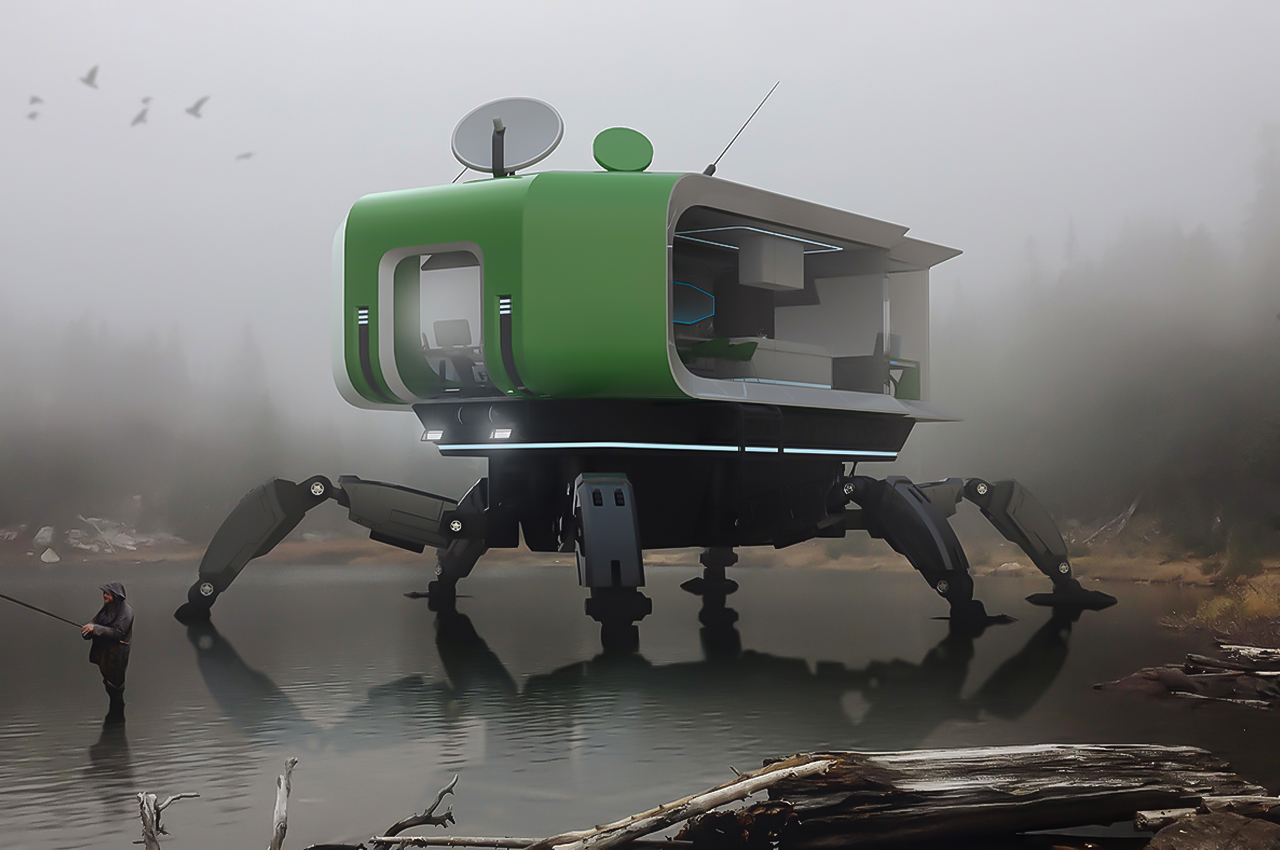
Encho Enchev’s futuristic mobile home concept traverses rough terrain on mechanical legs that bring the home and its residents to even the wildest and most remote destinations of tomorrow.
The future is mobile. In recent years, mobile home designs have changed the way we approach work, living, and travel. Working from home and travel restrictions have inspired many of us to take on a more mobile lifestyle, allowing us to work on the road and travel as we please.
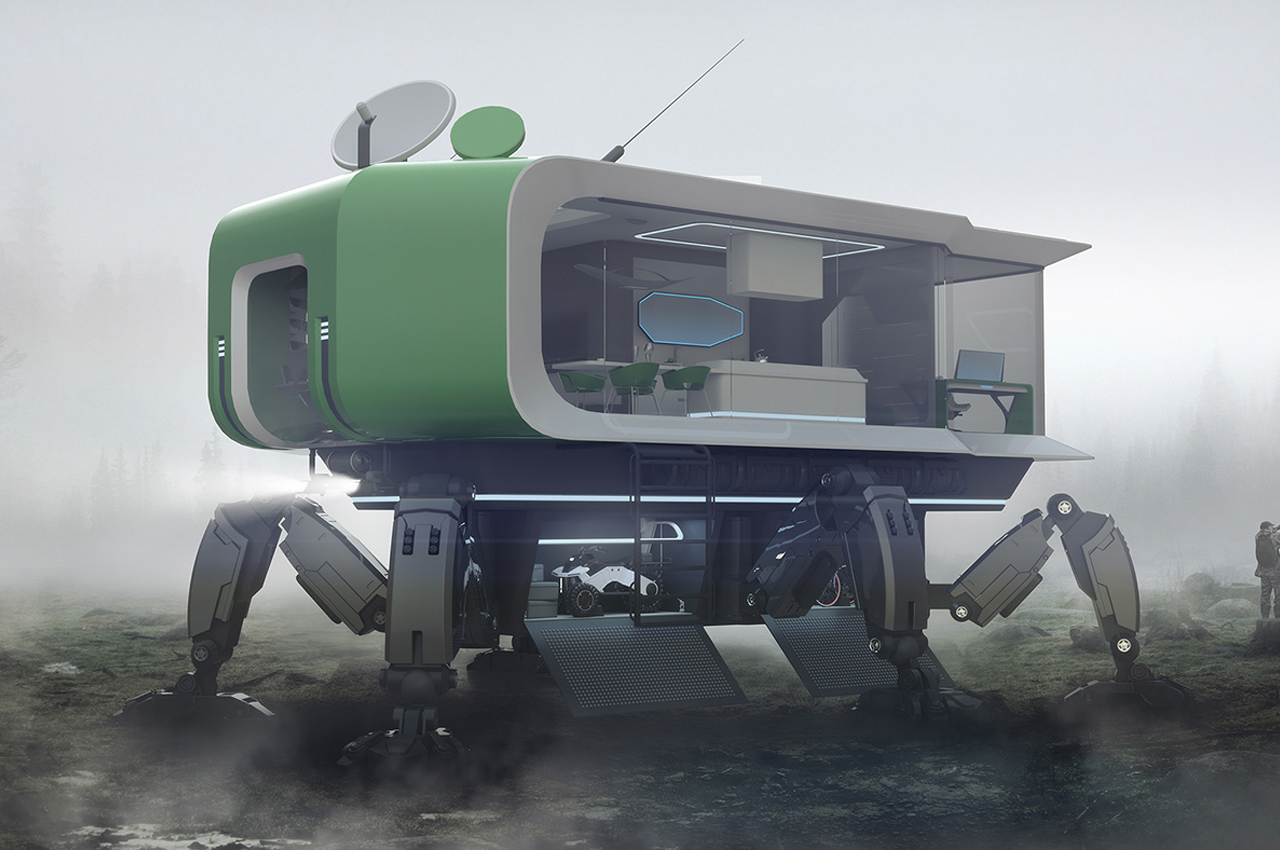
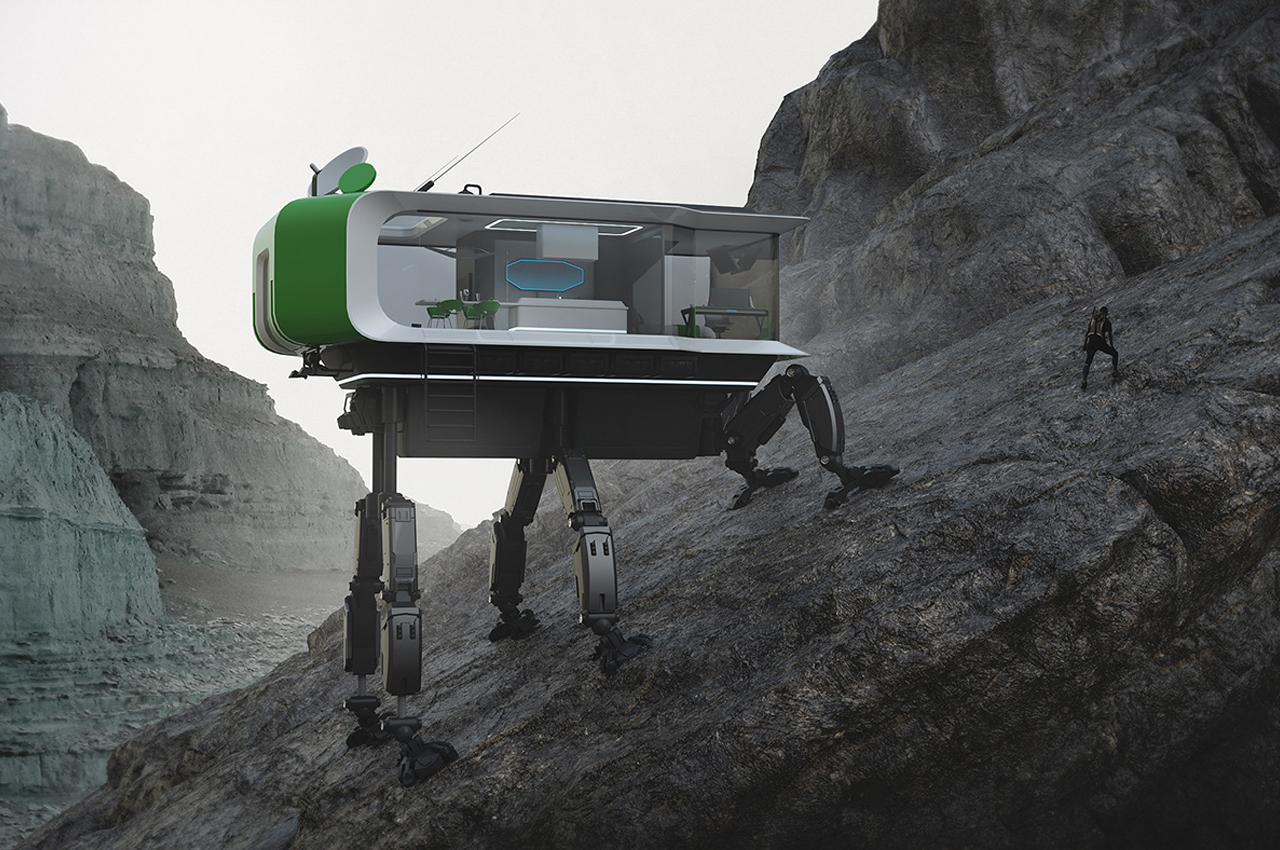
Born out of this collective movement towards mobility, designers across the world have issued their own interpretations of mobile homes and workspaces. Looking ahead to a more futuristic concept of mobility, 3D visual artist Encho Enchev designed a mobile home propped up on mechanical legs that can traverse all kinds of terrain to bring residents to remote and treacherous destinations.
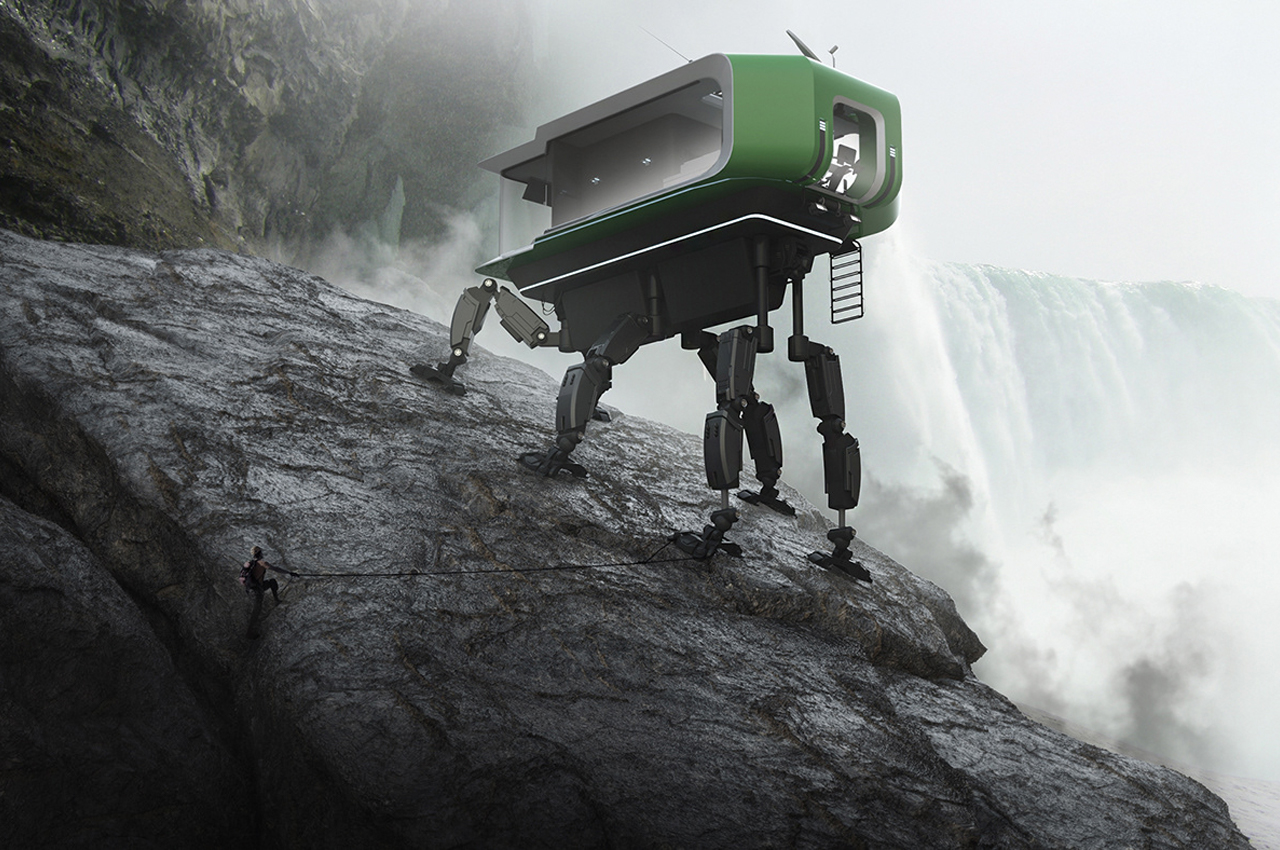
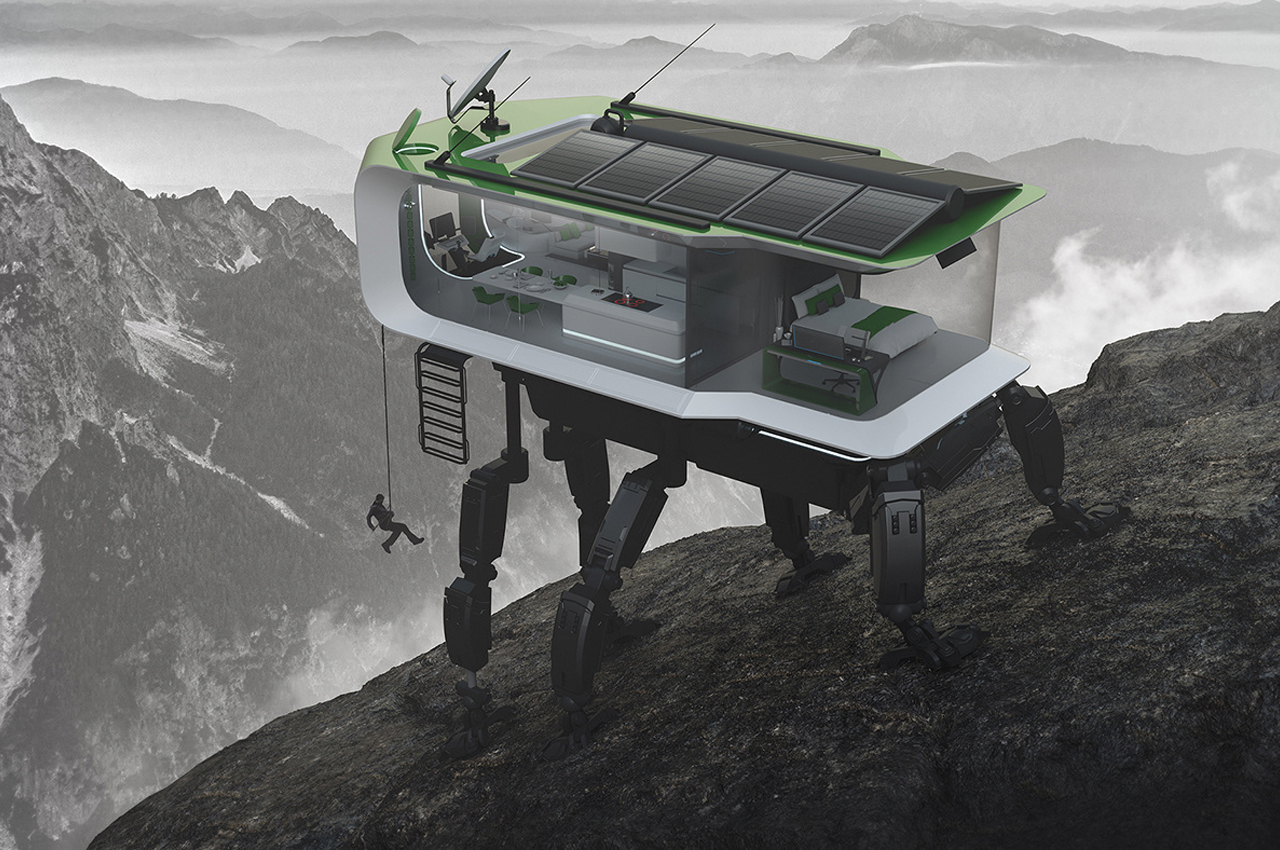
Contained within a cubic frame, Enchev’s mobile home blends the utopian, sci-fi design elements of retro years with futuristic transportation capabilities to create a familiar space that treads new territory.
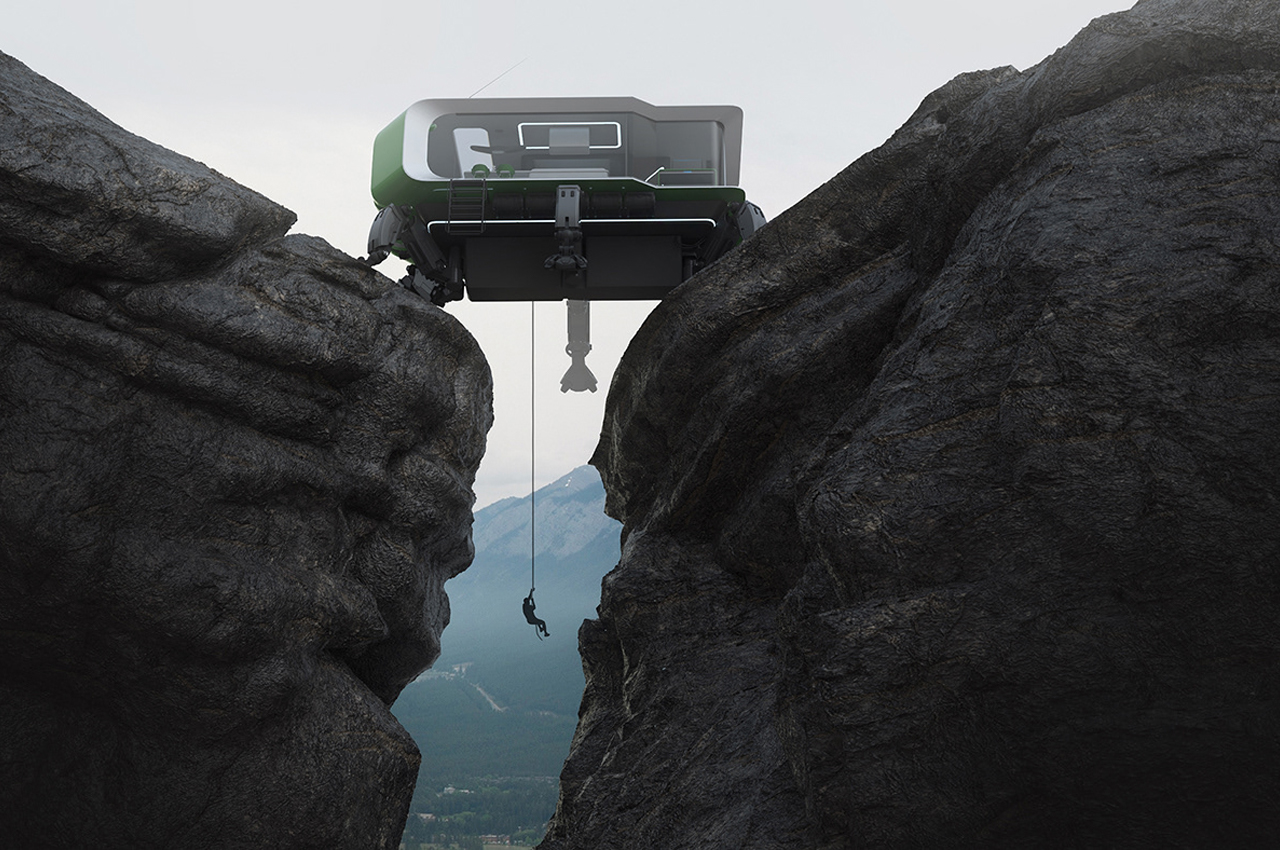
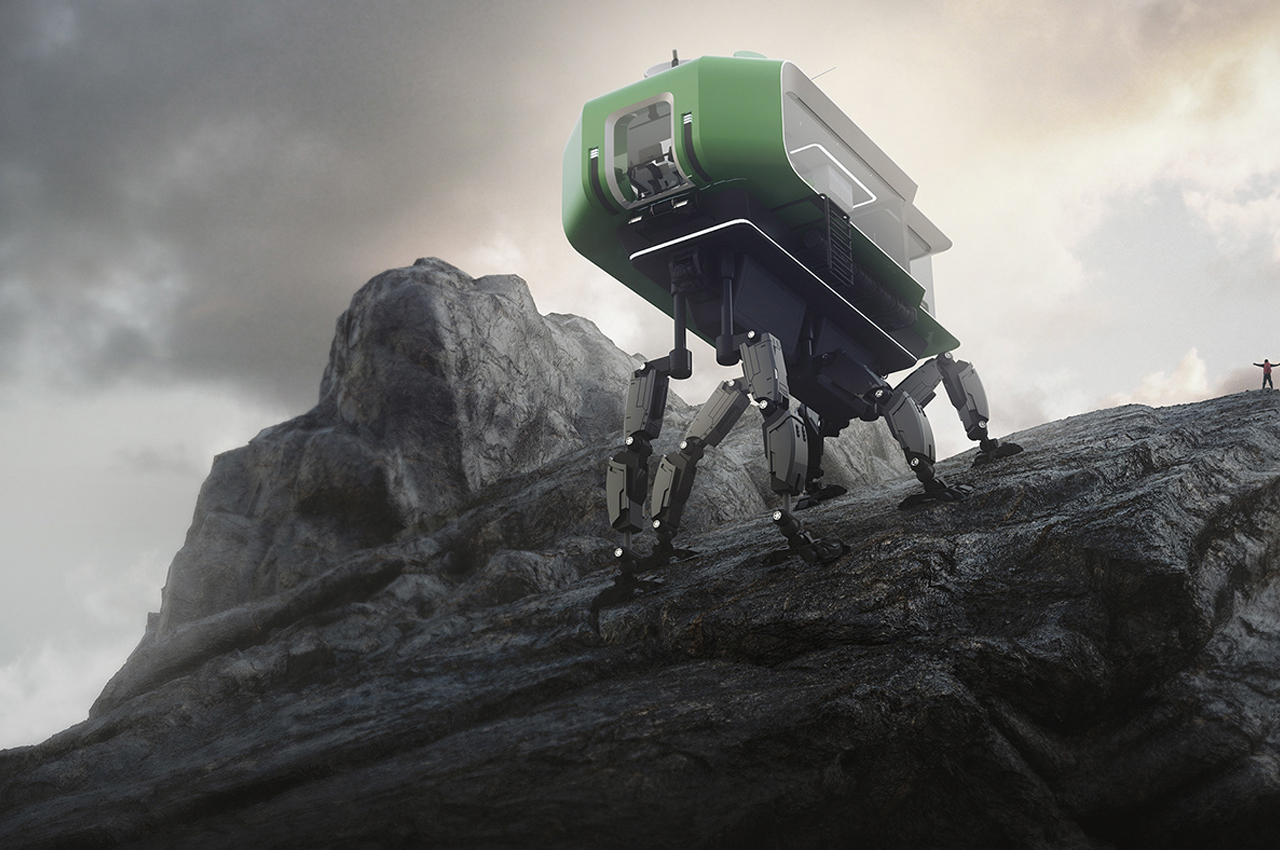
Supported by a collection of mechanical legs, the mobile home can either remain uplifted, an elevated distance from the ground, or descend from its raised height to merge with the ground.
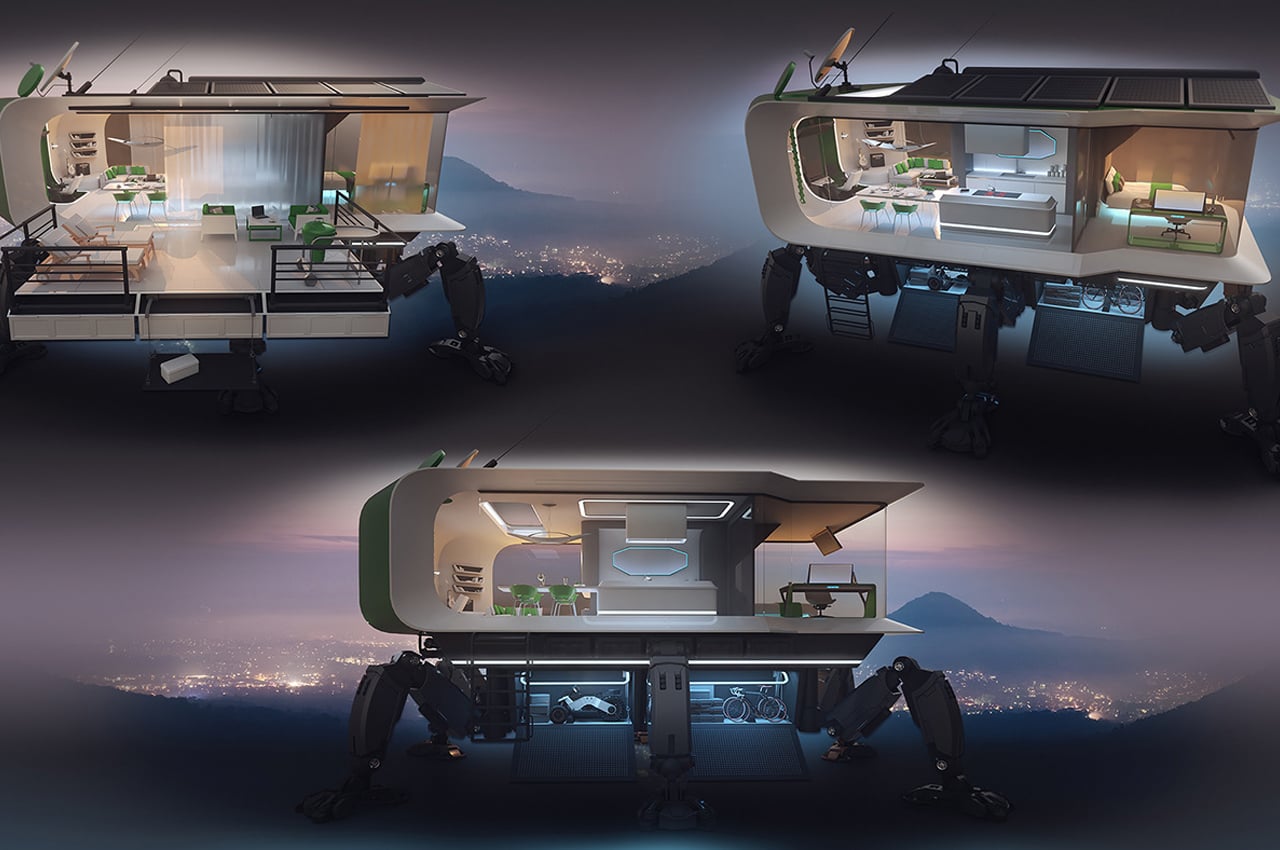
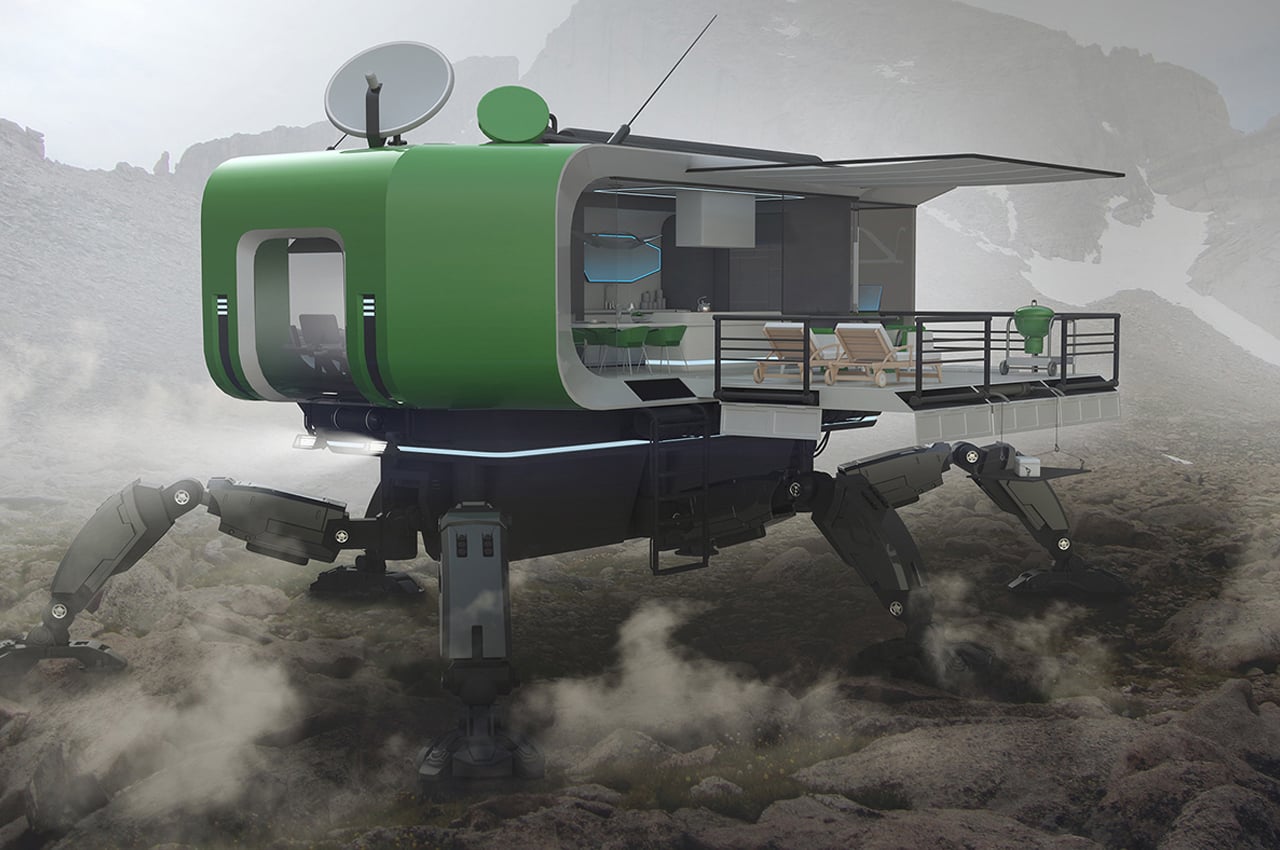
The mechanical legs are nimble and fortified by a 5cm layer of non-slippery rubber and two deployable spikes on the bottom of each leg, assuring each step the mobile home takes is bolted by some guaranteed friction. Enchev also equipped his mobile home with four deployable harpoons that provide additional support for the mobile home to remain in place even on rough terrain.
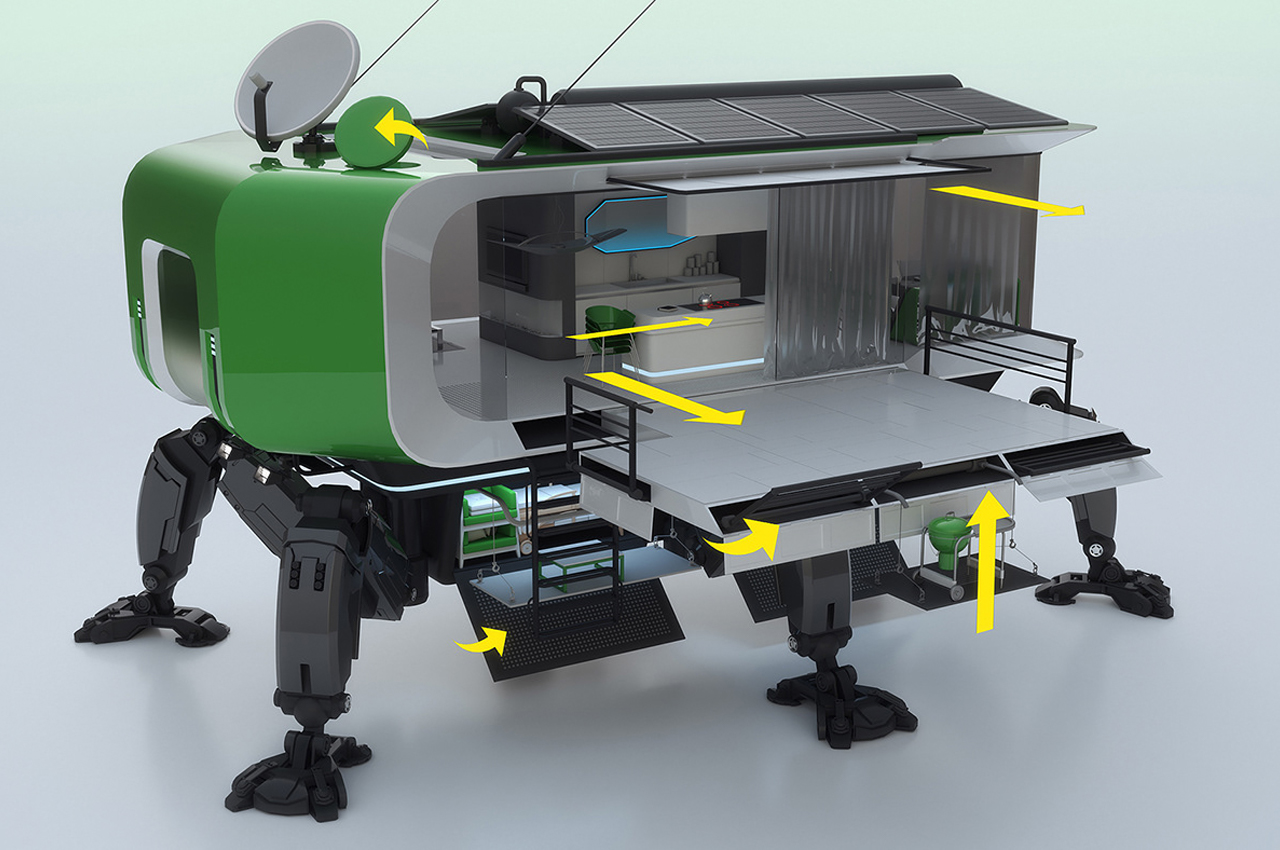
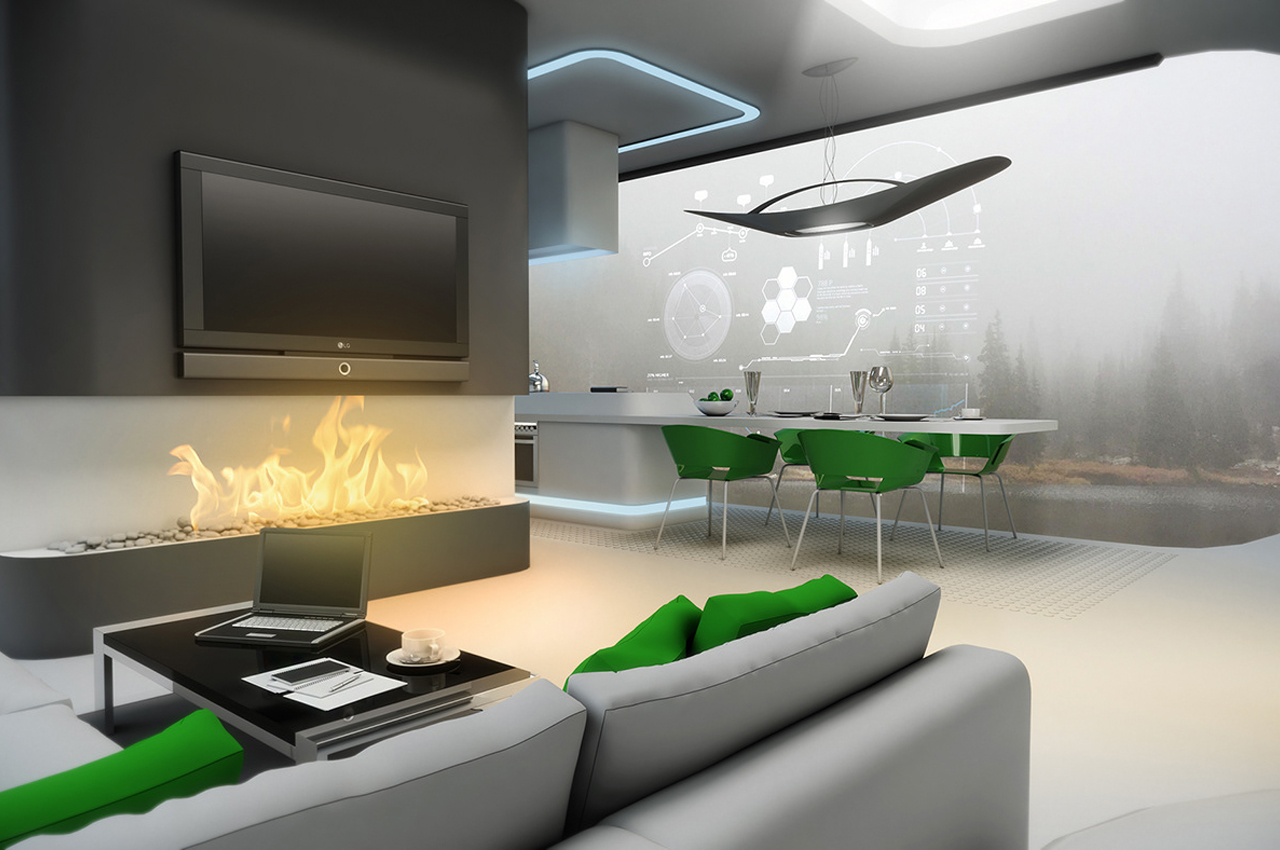
Inside, Enchev hoped to achieve a modern and high-tech layout through curved design elements and pops of colors against an otherwise white interior. Finding inspiration in the potential of future architecture, Enchev outfitted the mobile home’s windows with smart glass technology that would function like invisible blackout curtains.
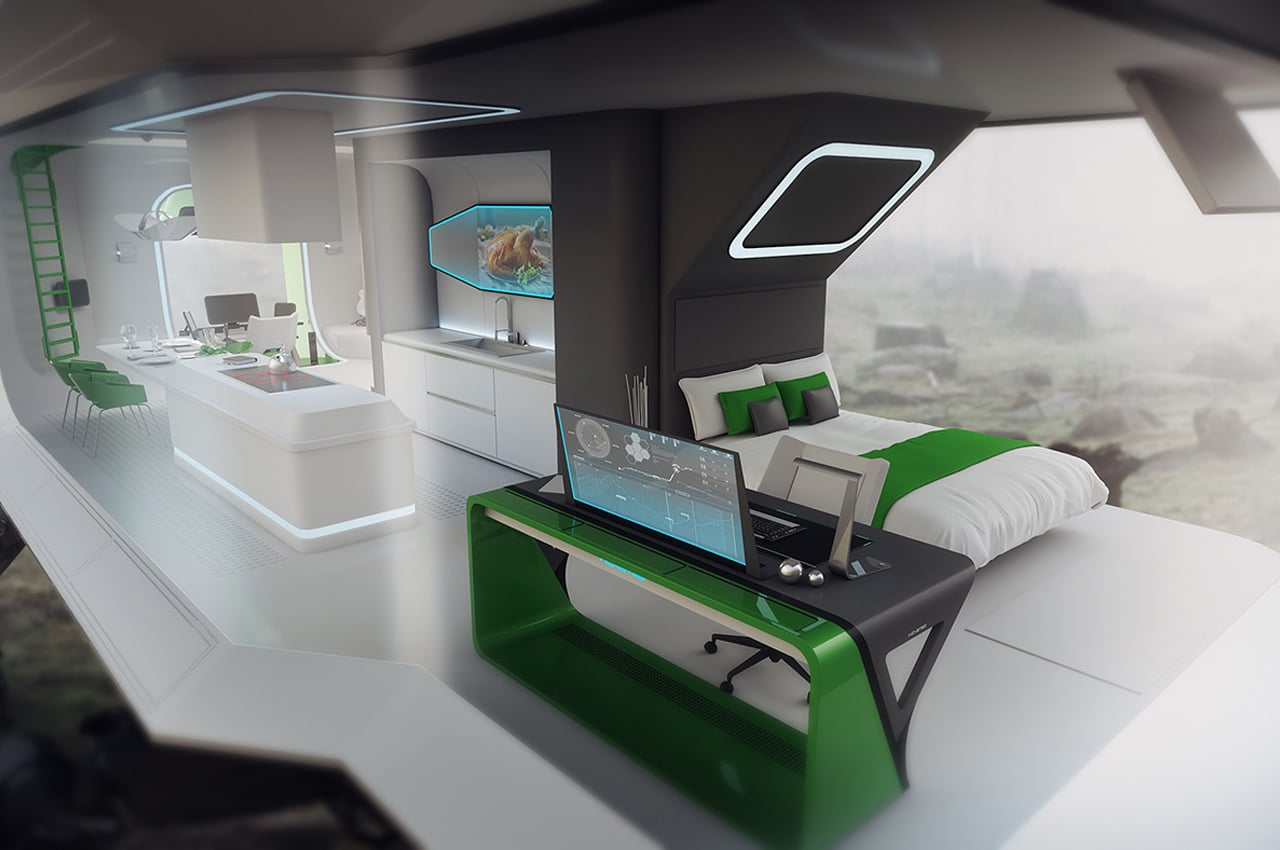
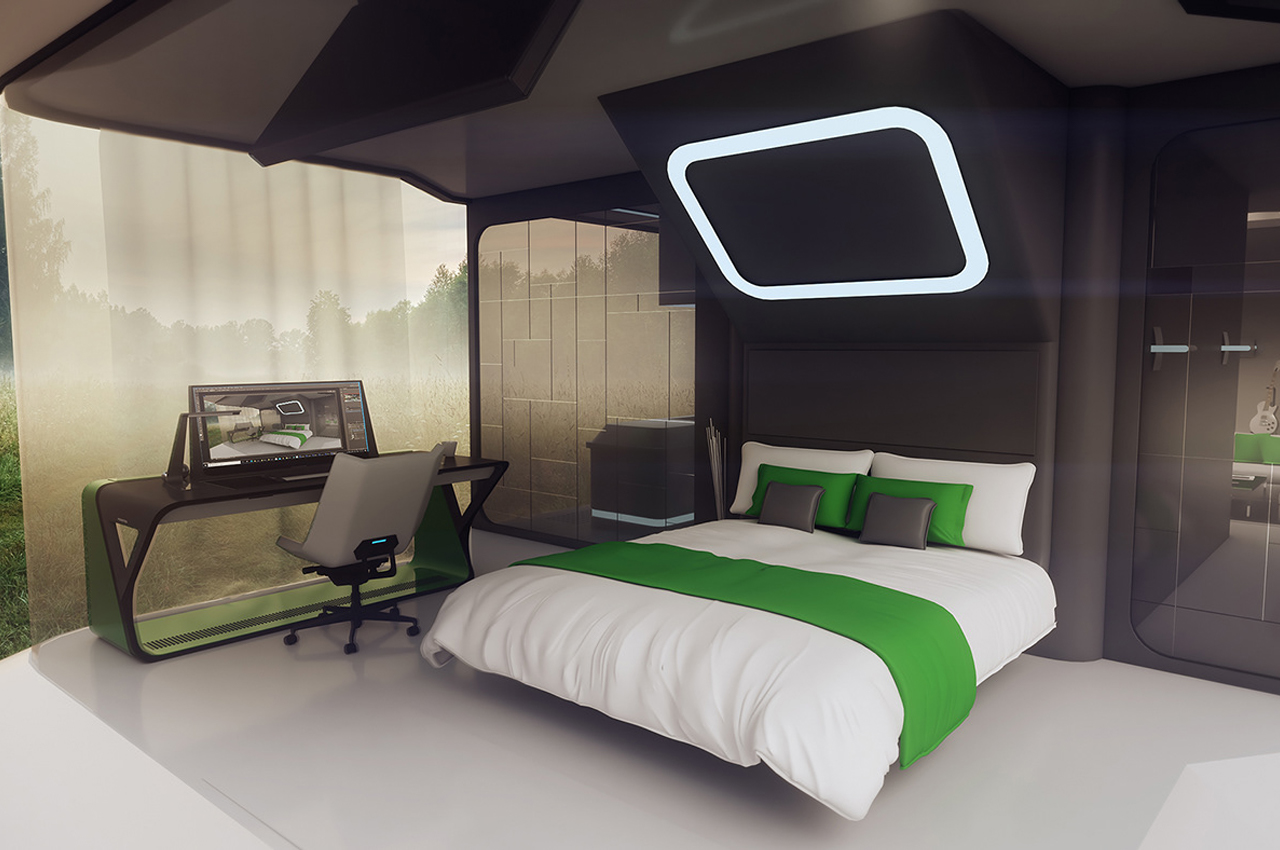
Filled with plenty of household appliances like automated furniture and smart technology, Enchev’s mobile home is all about convenience at the end of the day. While the inside of Enchev’s mobile home is boiling over with futuristic technologies, the living space’s interior design screams the timeless utopian aesthetic that was born circa 1960, when The Jetsons and Star Trek seemed to think of everything the future might hold.
Designer: Encho Enchev
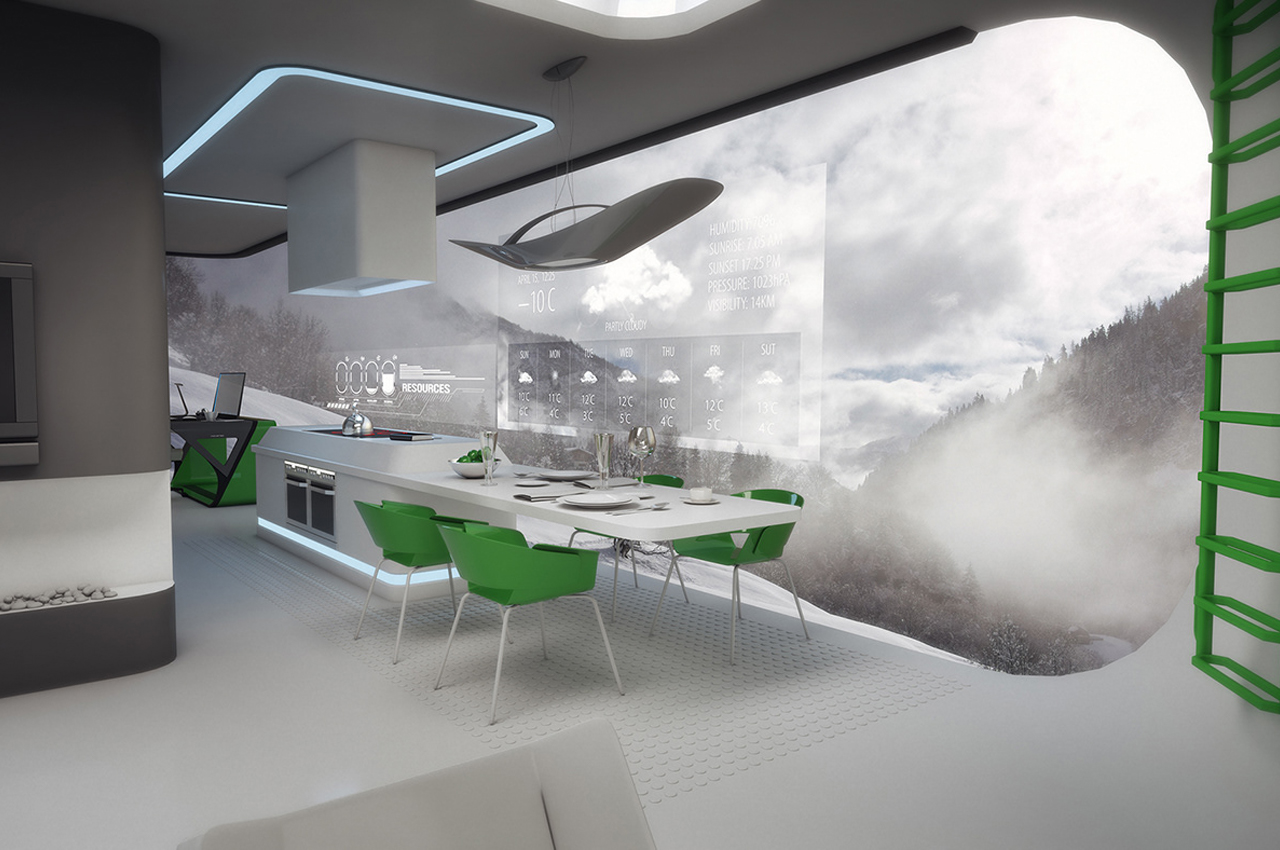
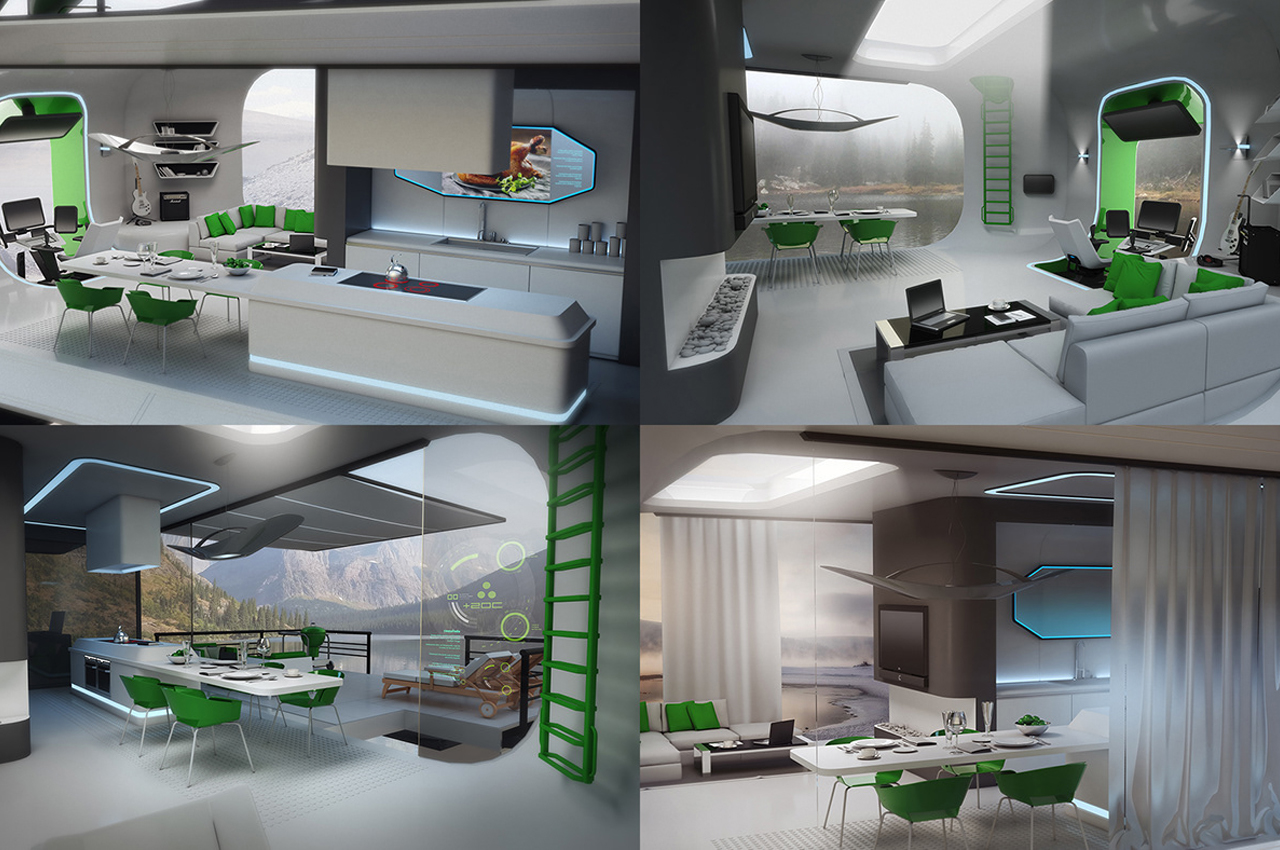
Throughout the home, Enchev incorporated smart technology to bring home into the future.
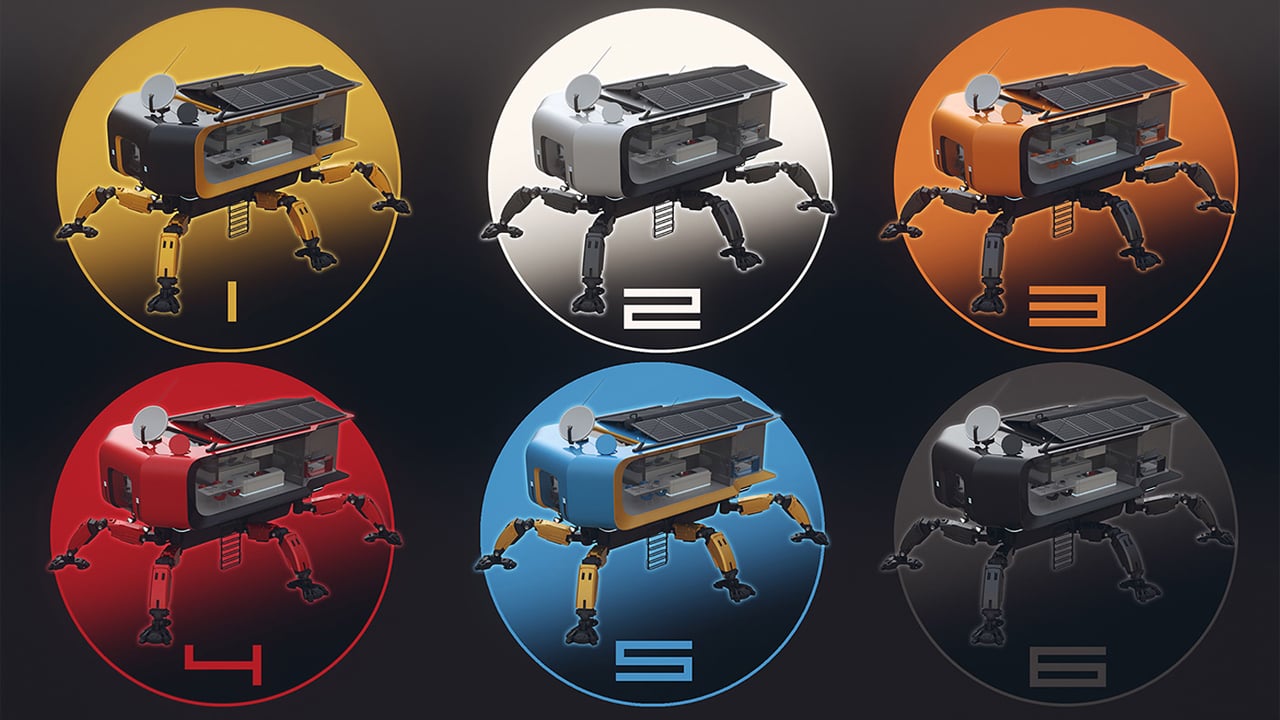
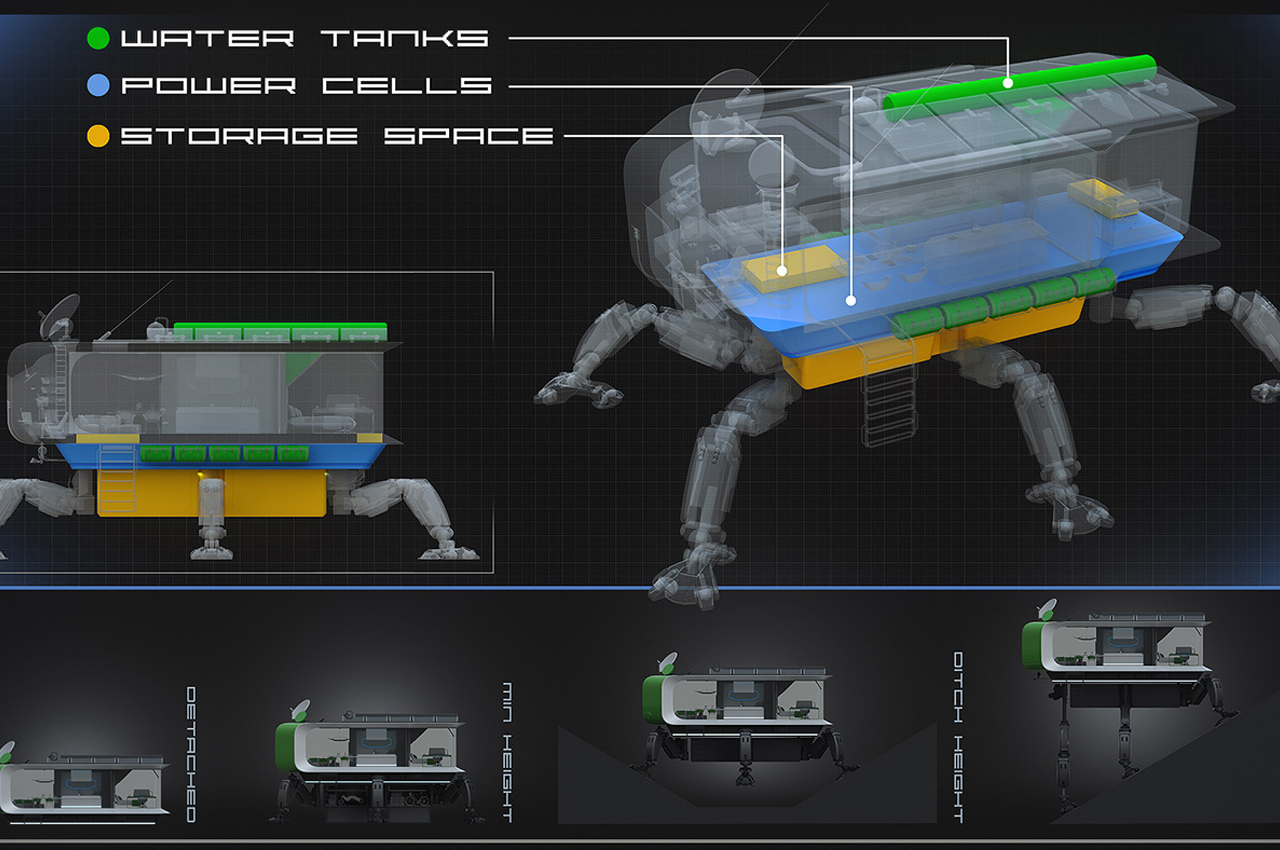
Integrated storage space, water tanks, and power cells ensure residents can live off-grid comfortably in Enchev’s mobile home.
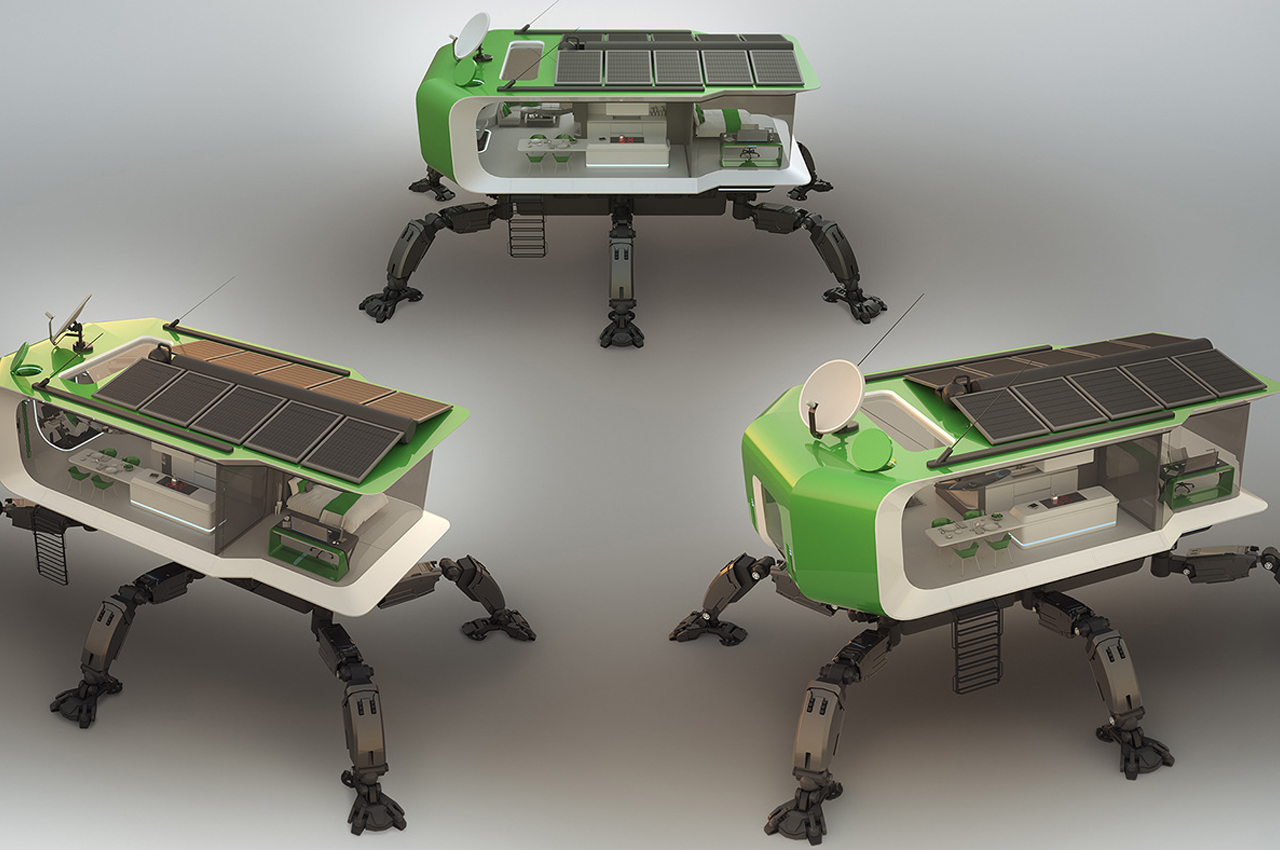
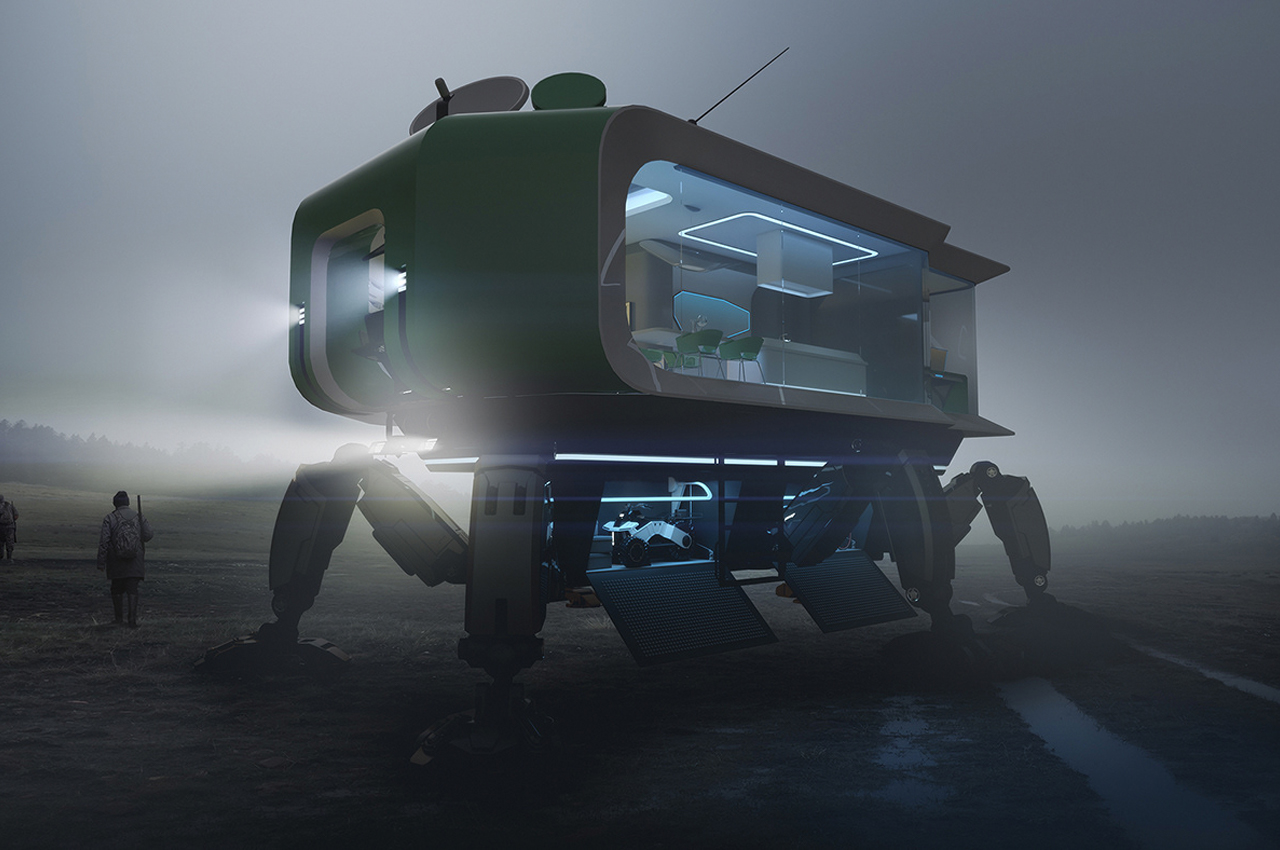
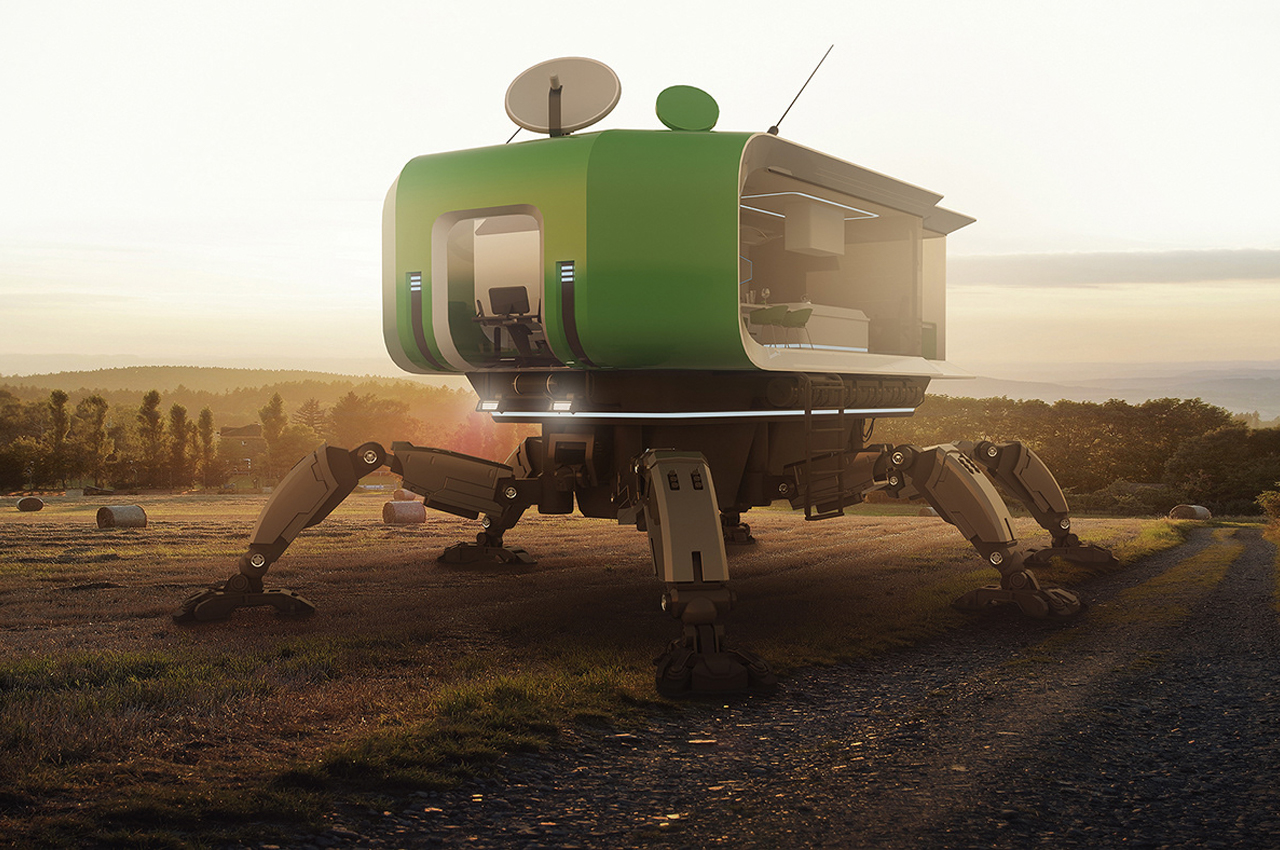
Enchev’s mobile home could be stationed anywhere in the world.
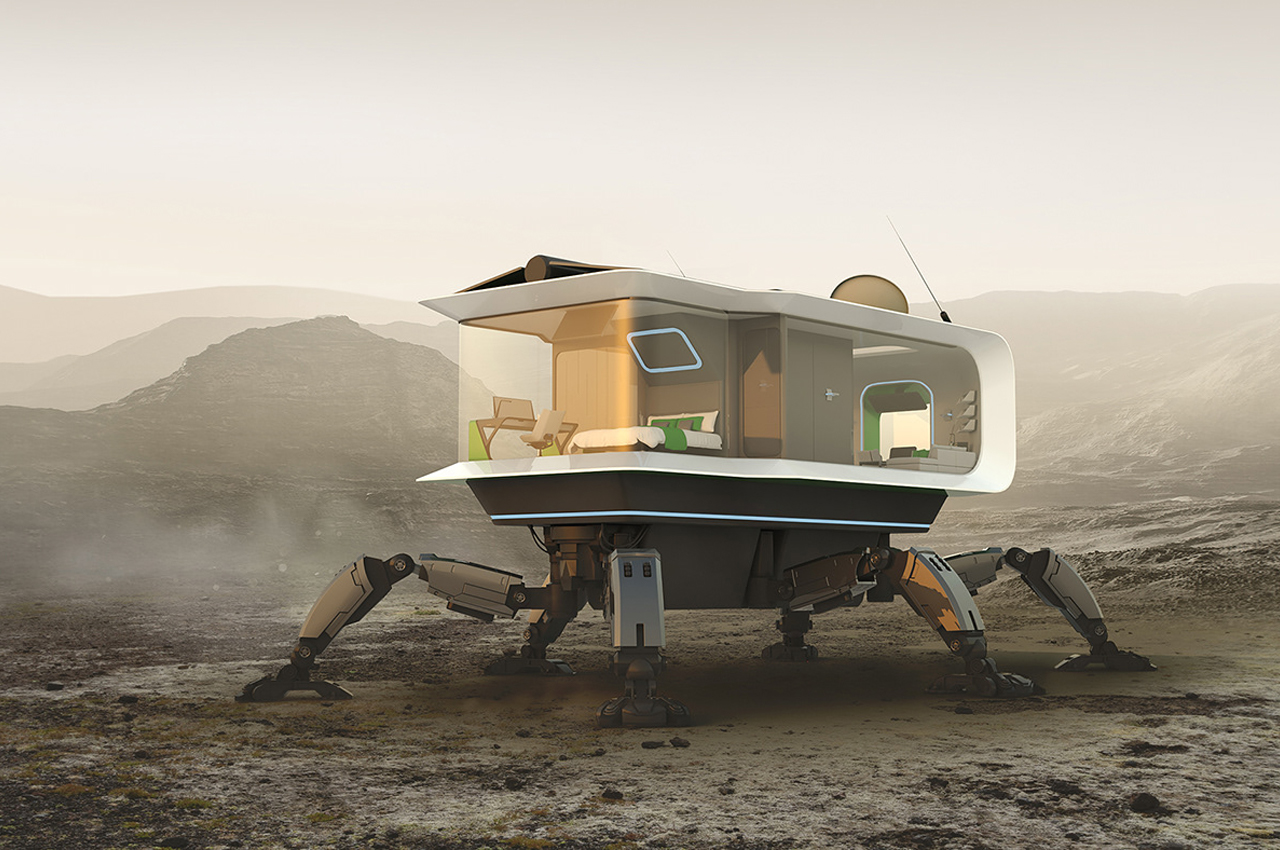
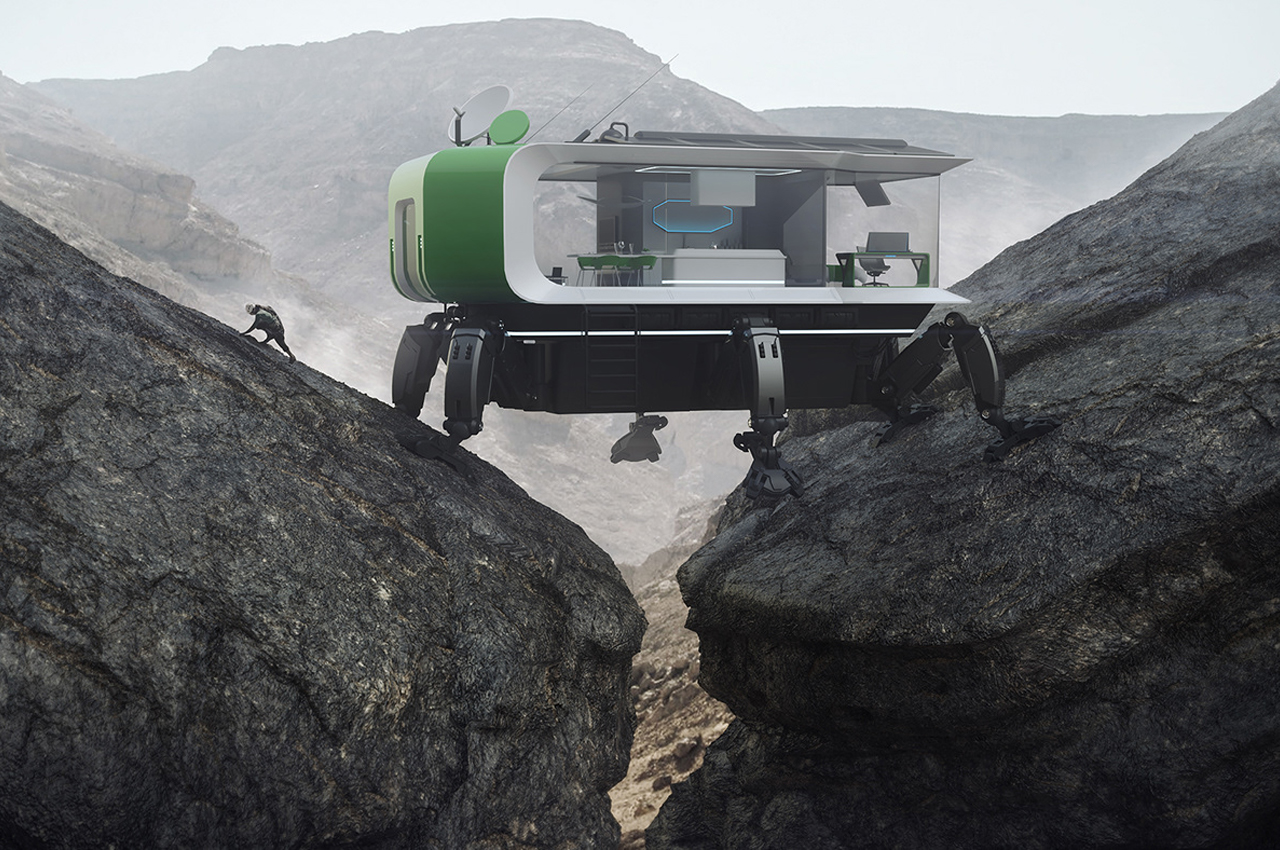
Propped up by mechanical legs, the futuristic mobile home can even rise between mountain gorges.
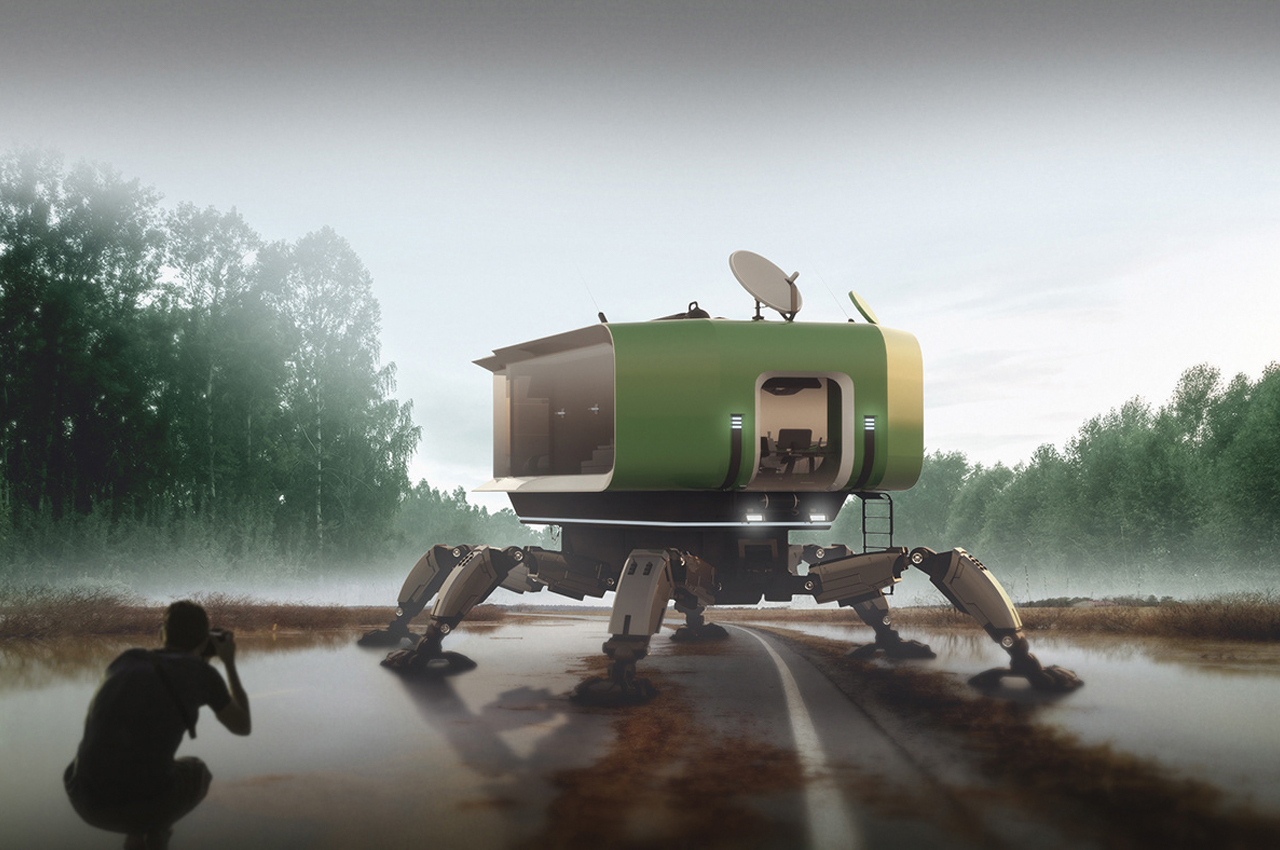
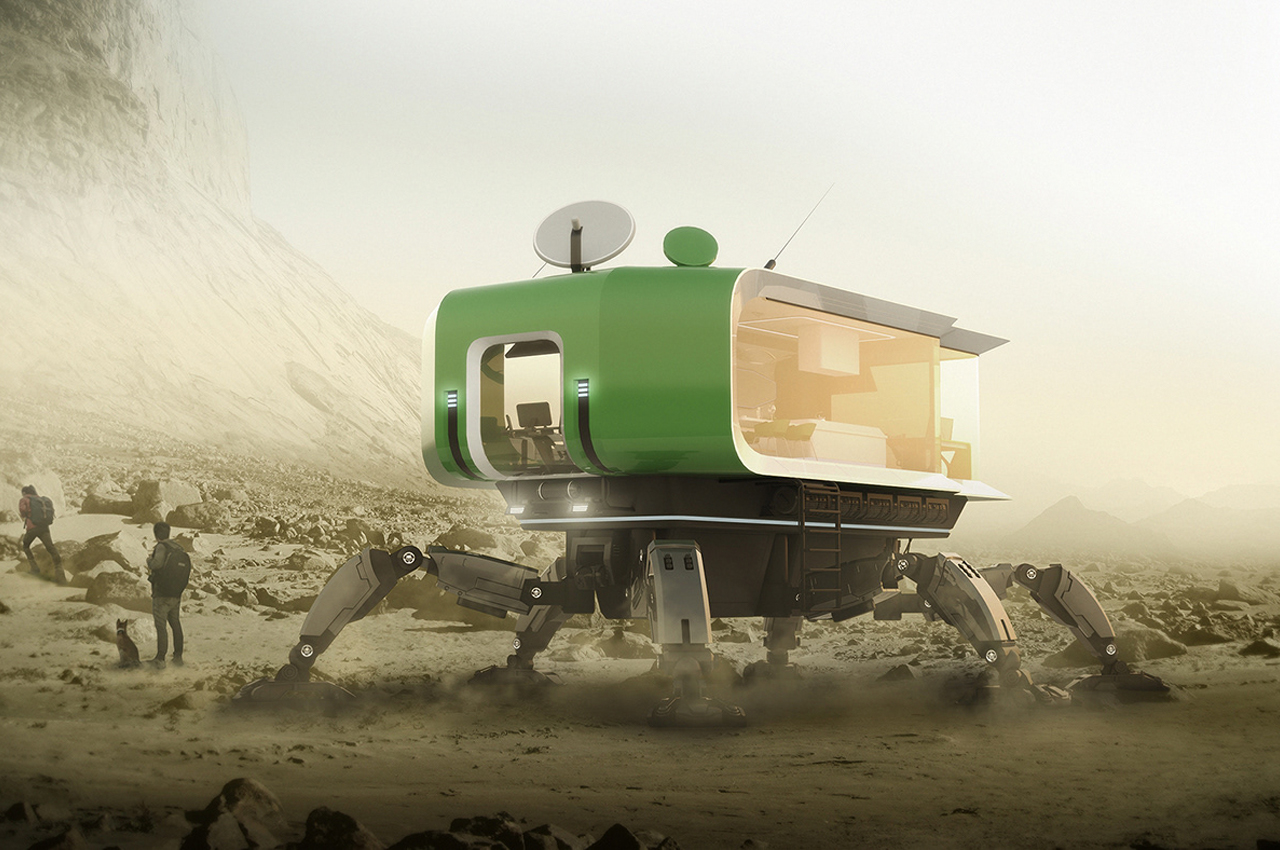
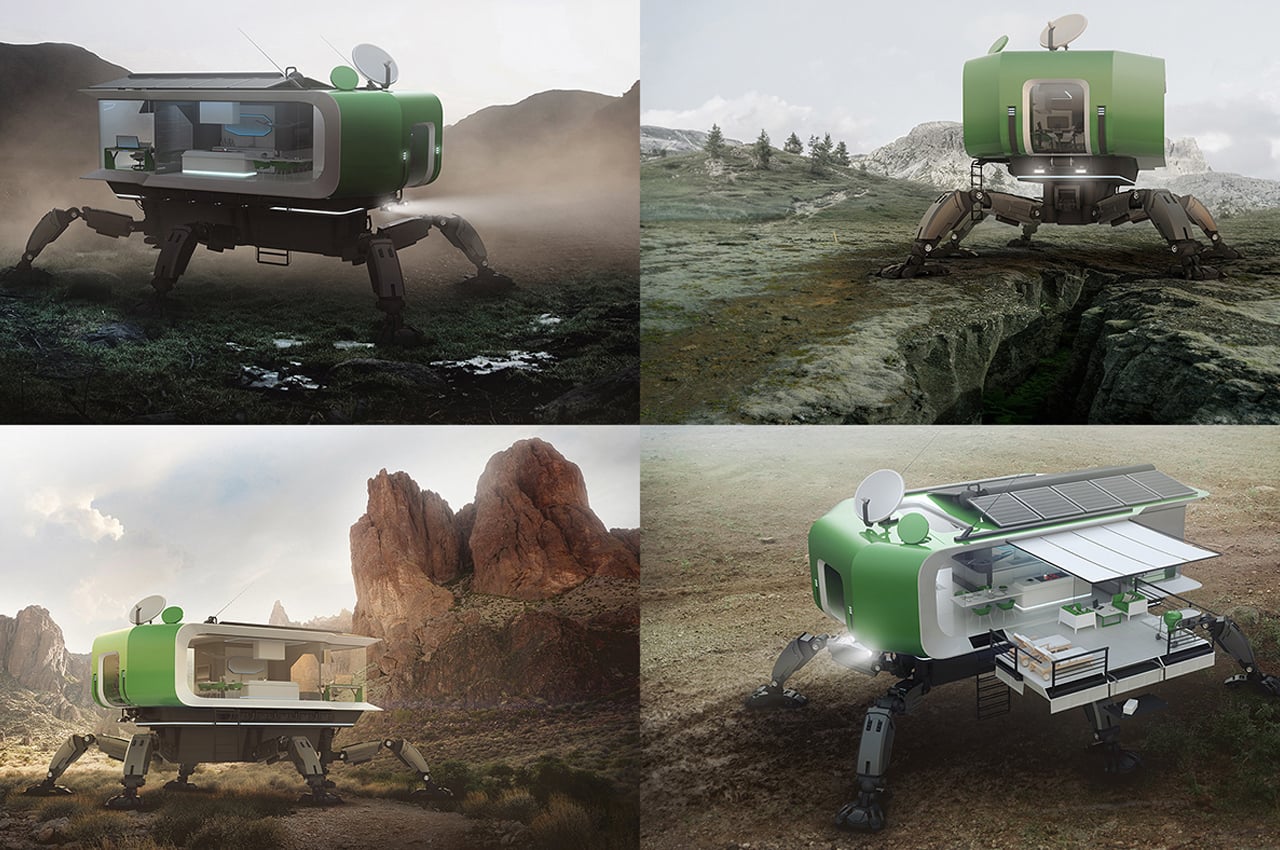
From the desert to the plains, from the mountains to the lakes, the futuristic mobile home redefines the mobile lifestyle.
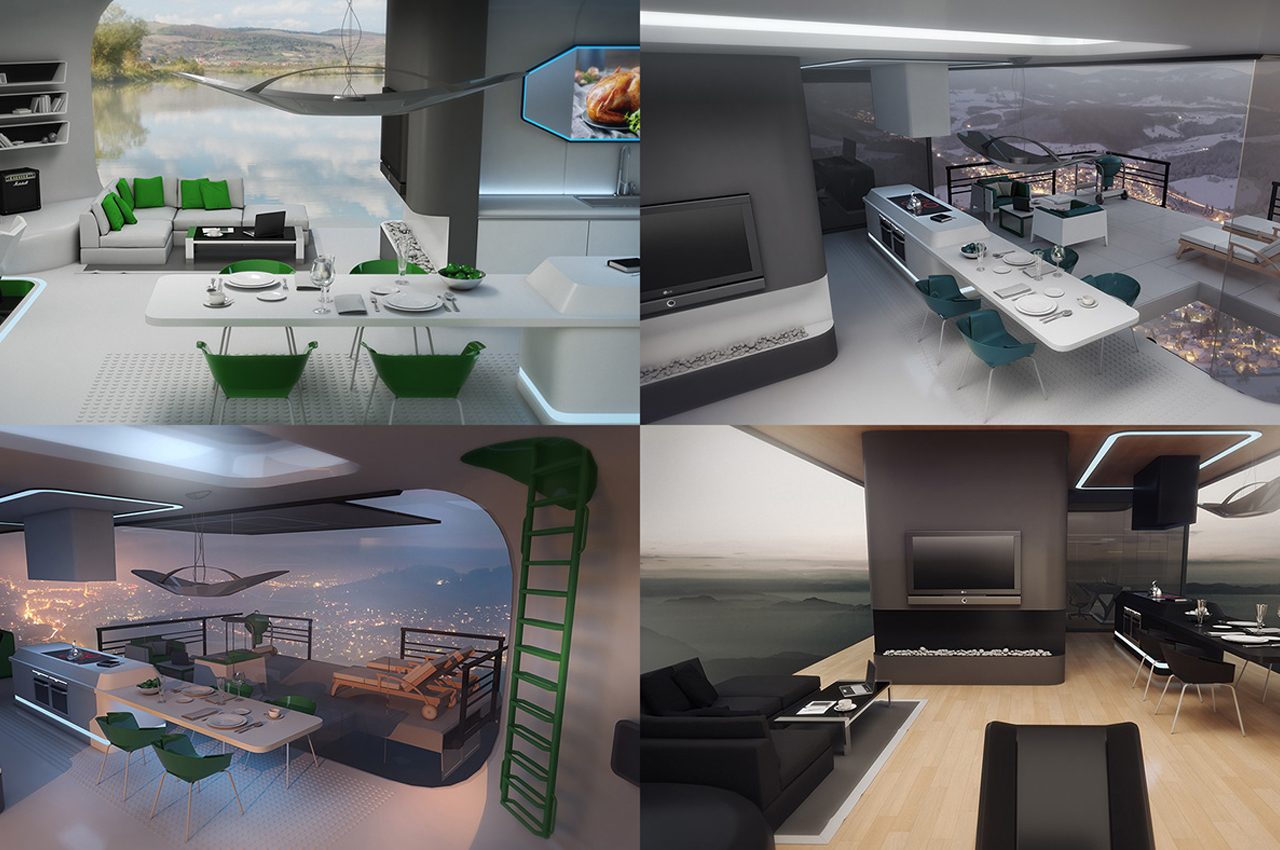
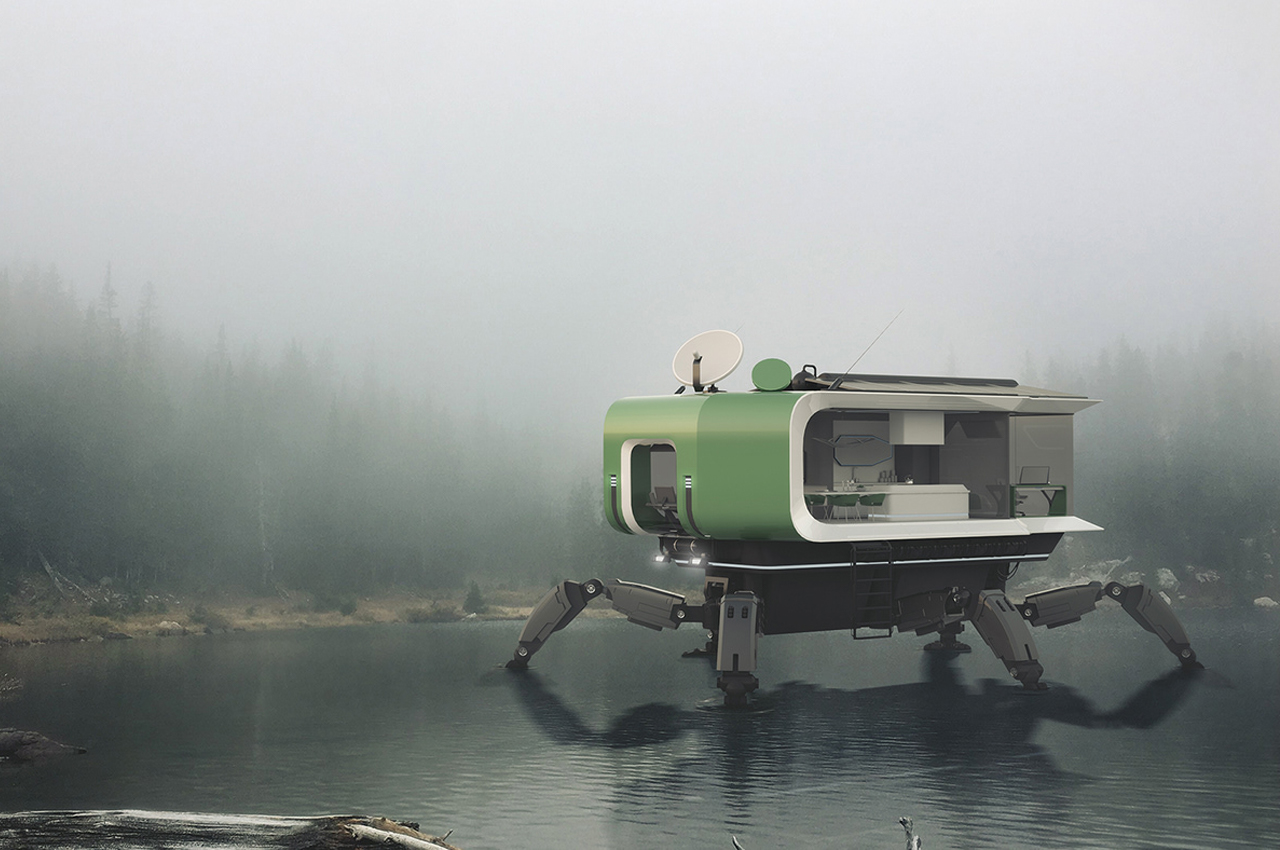
The post This futuristic mobile home comes with mechanical legs to traverse the remote terrain of alien planets first appeared on Yanko Design.
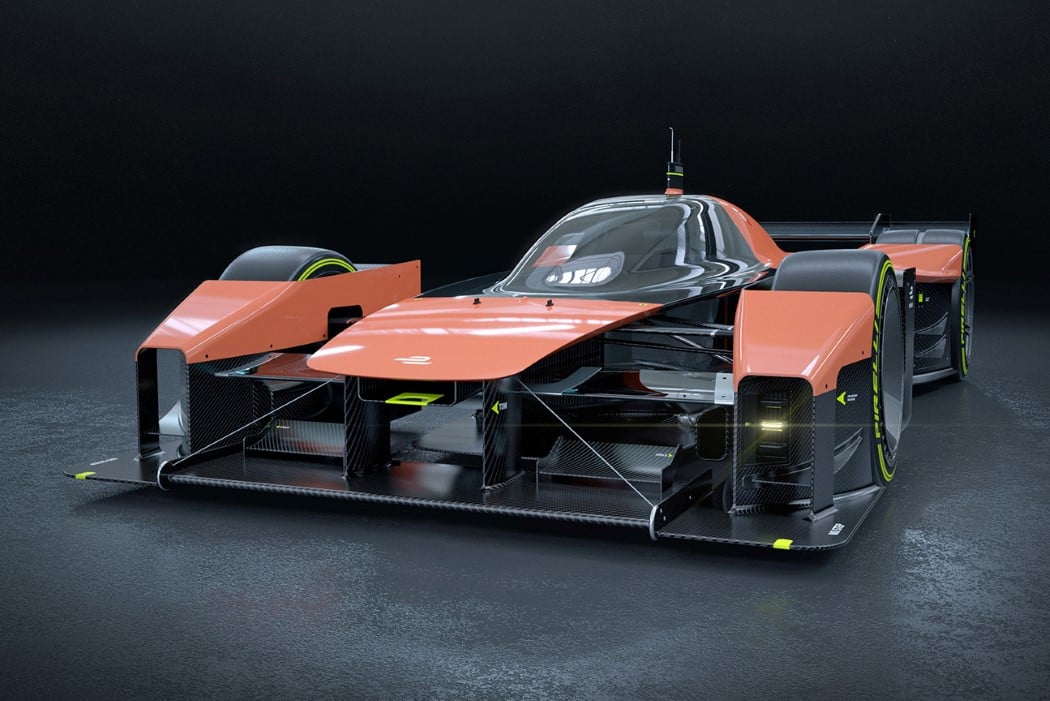
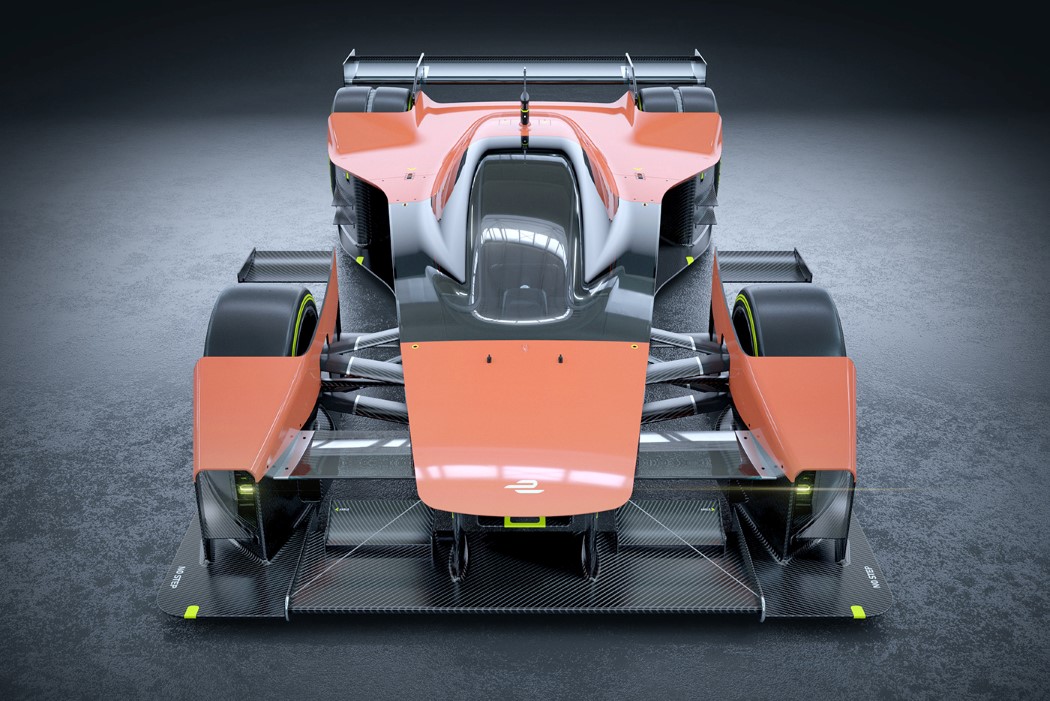
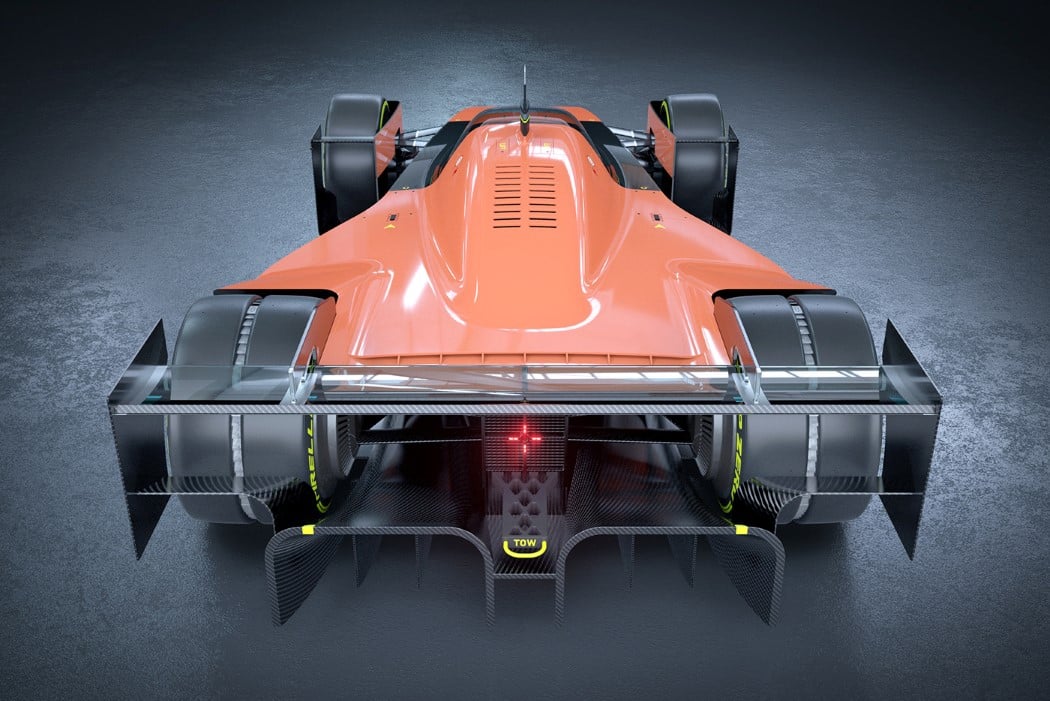
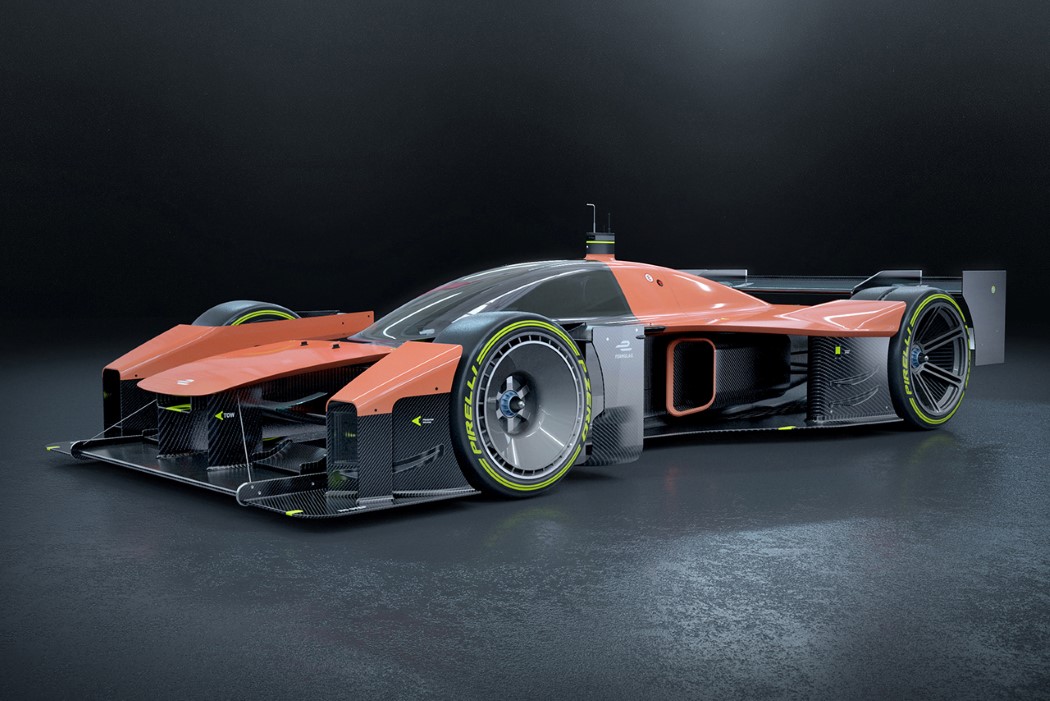
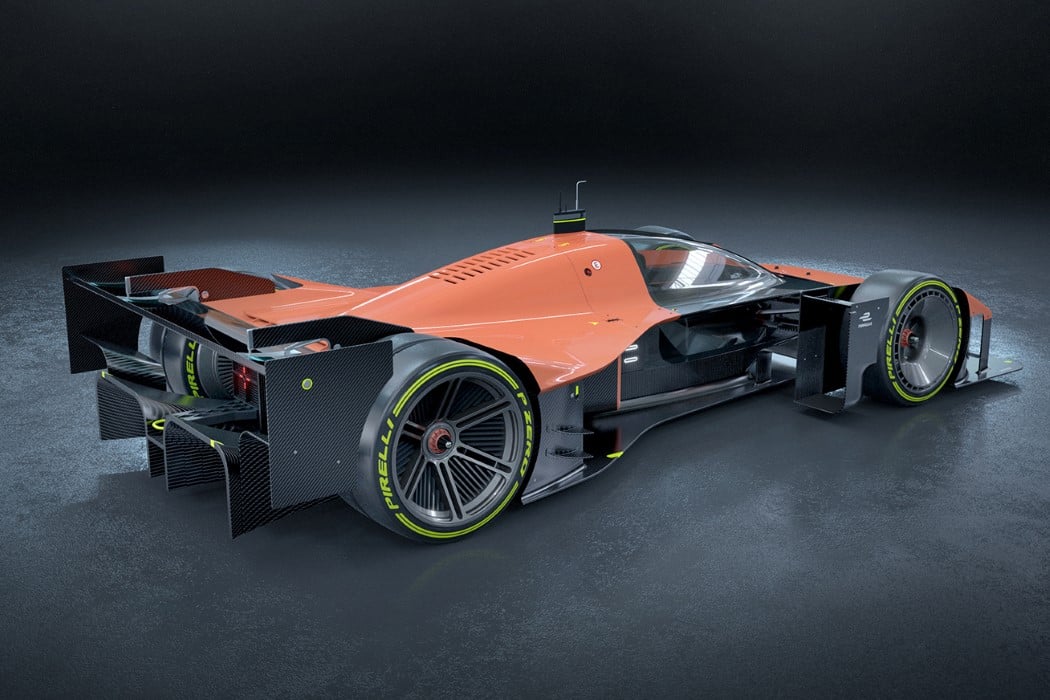
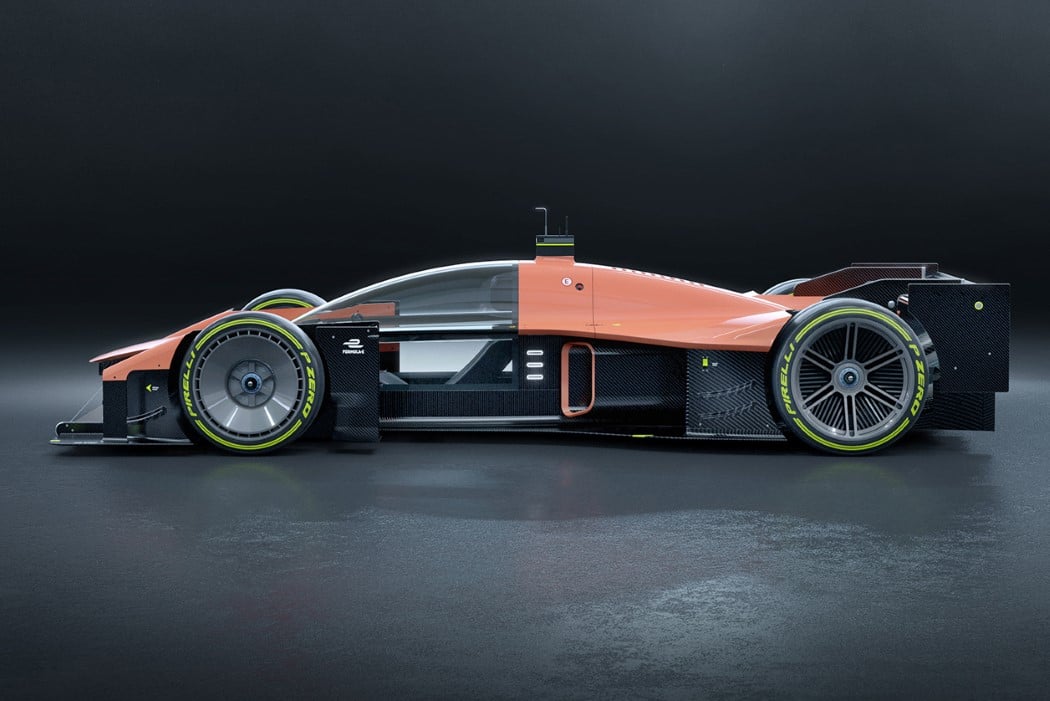
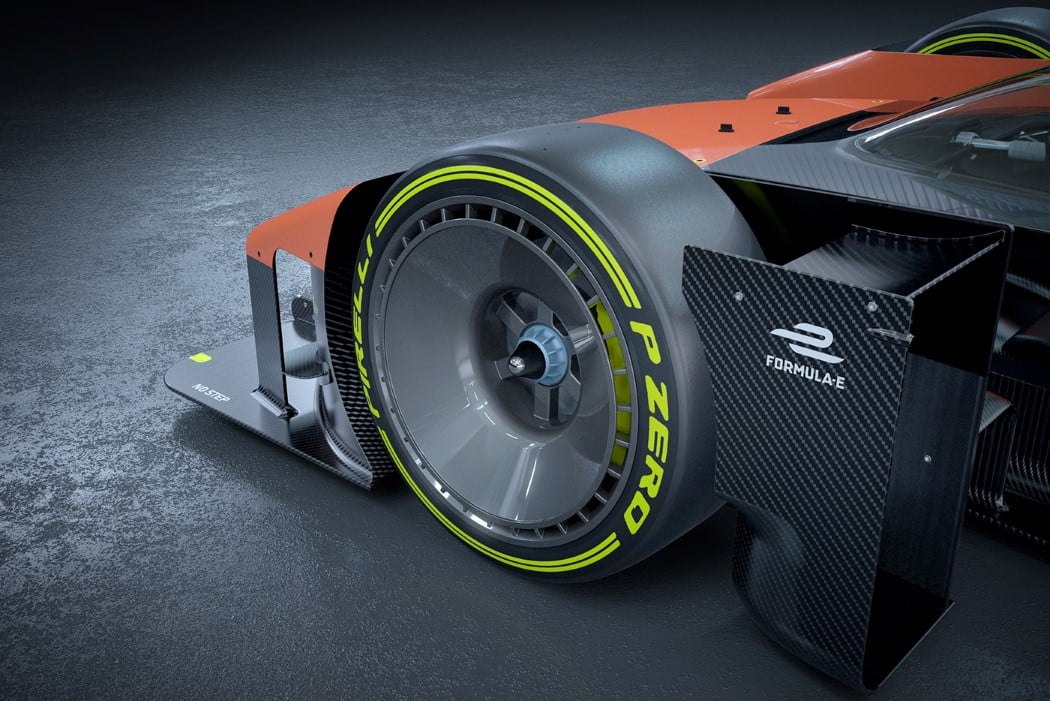
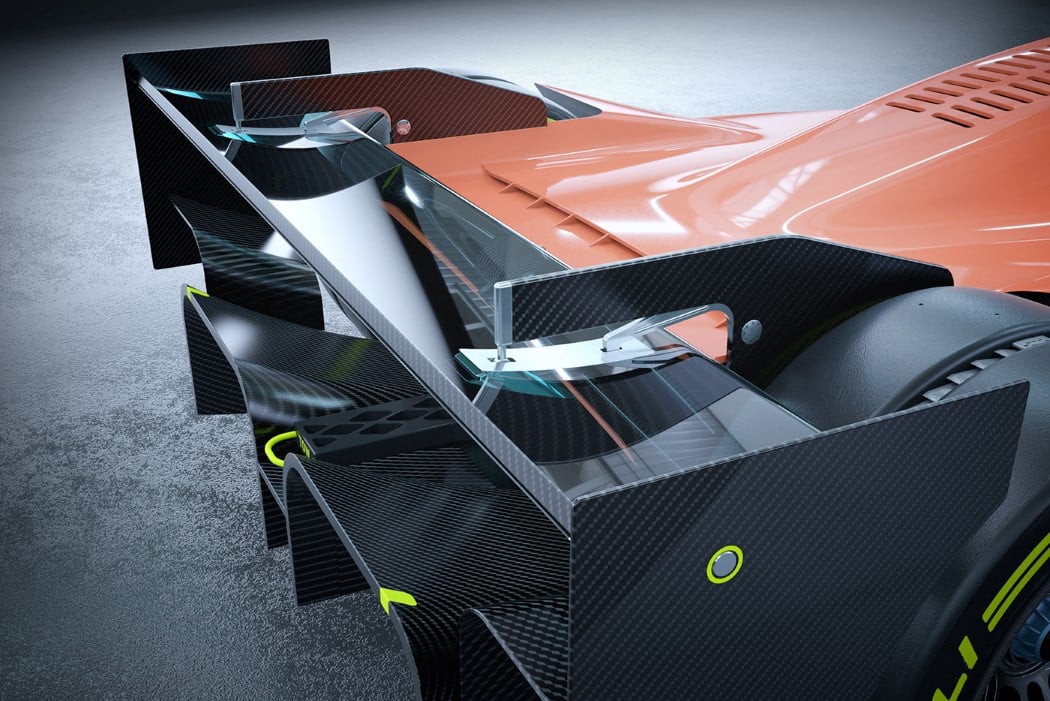
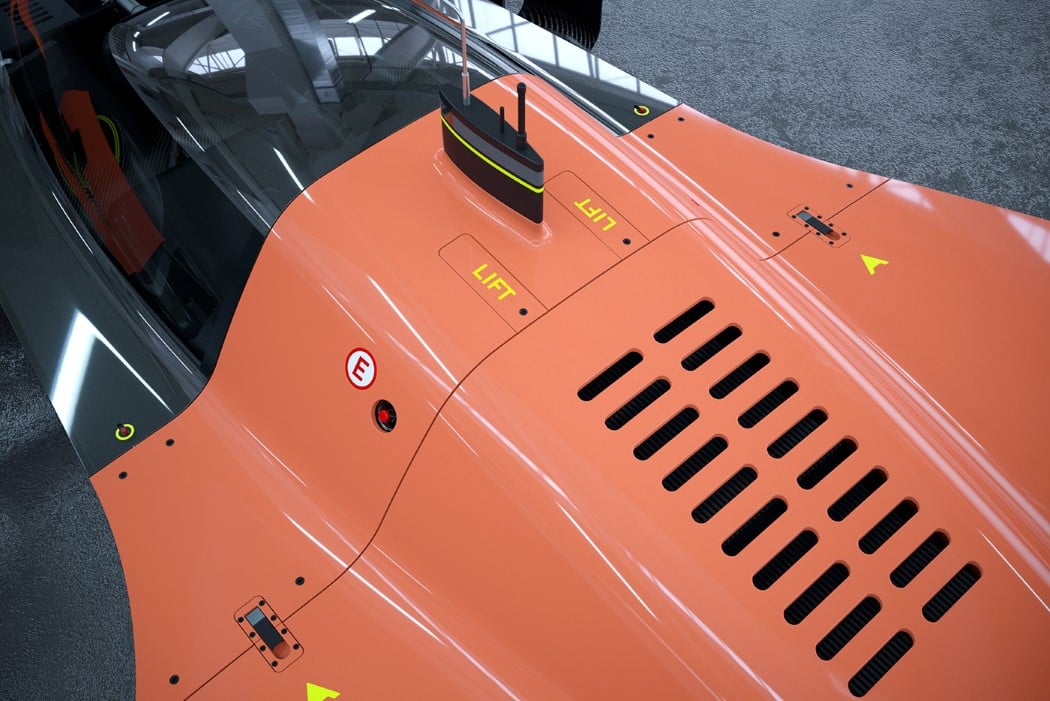
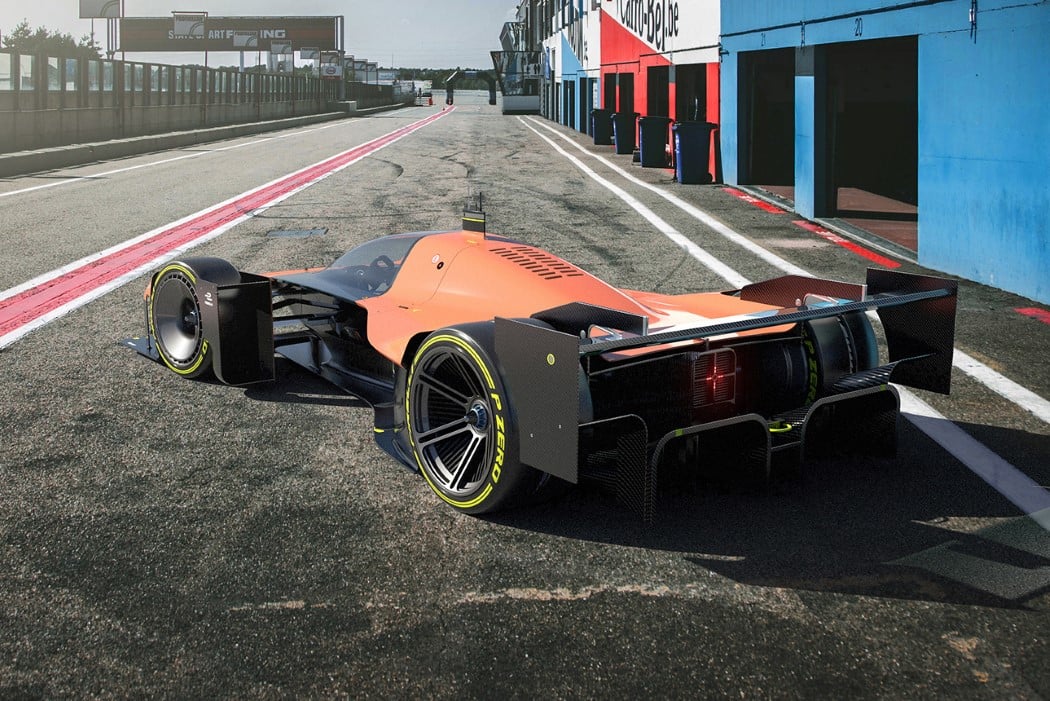
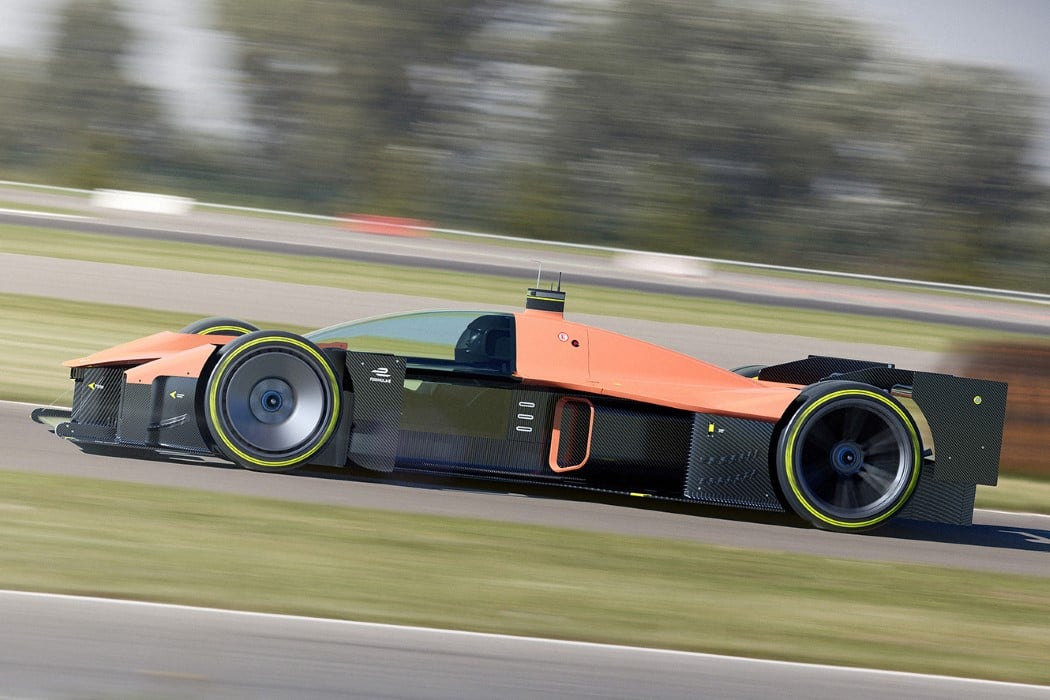
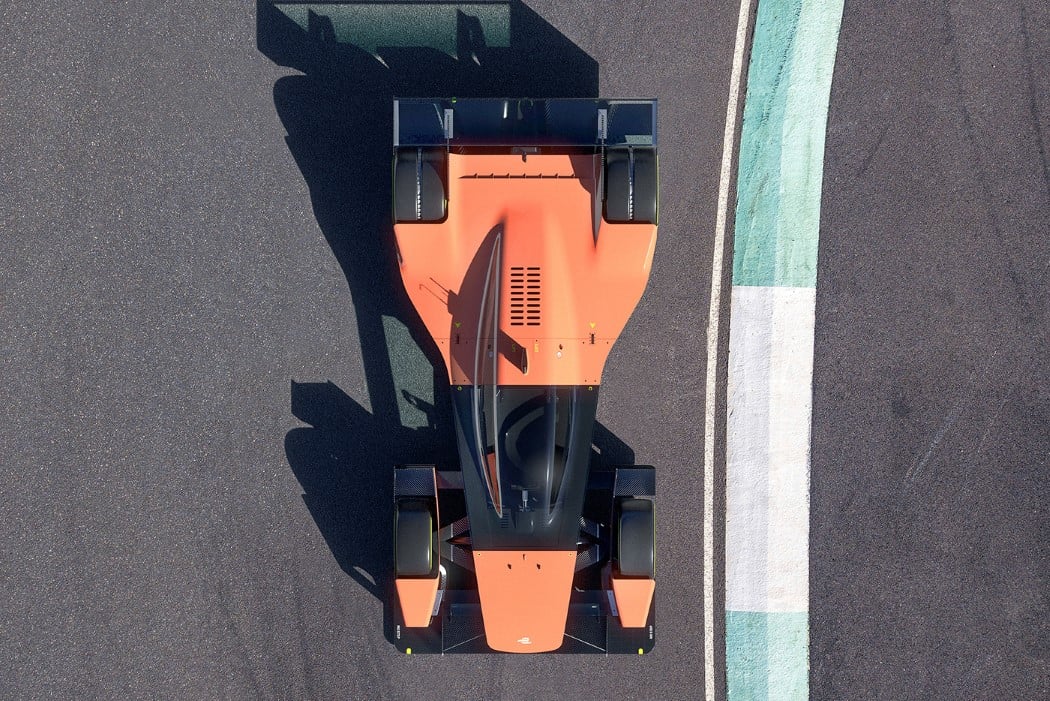



































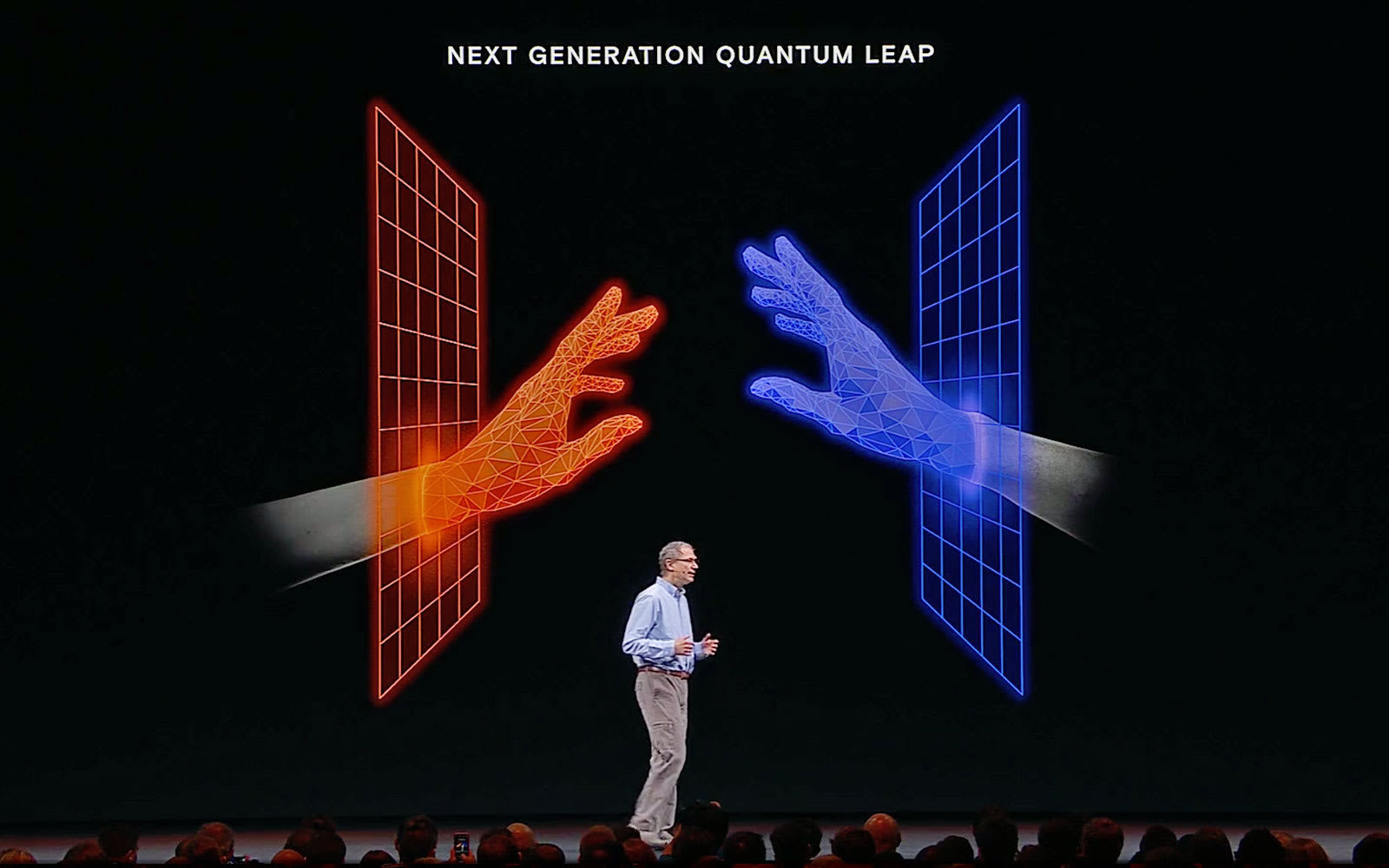 After all the new products were announced and surprise features revealed at Oculus Connect 6 on Wednesday, Facebook Reality Lab (FRL) lead Michael Abrash took to the stage to discuss the future of VR, AR, and the company's leading role in their conti...
After all the new products were announced and surprise features revealed at Oculus Connect 6 on Wednesday, Facebook Reality Lab (FRL) lead Michael Abrash took to the stage to discuss the future of VR, AR, and the company's leading role in their conti...
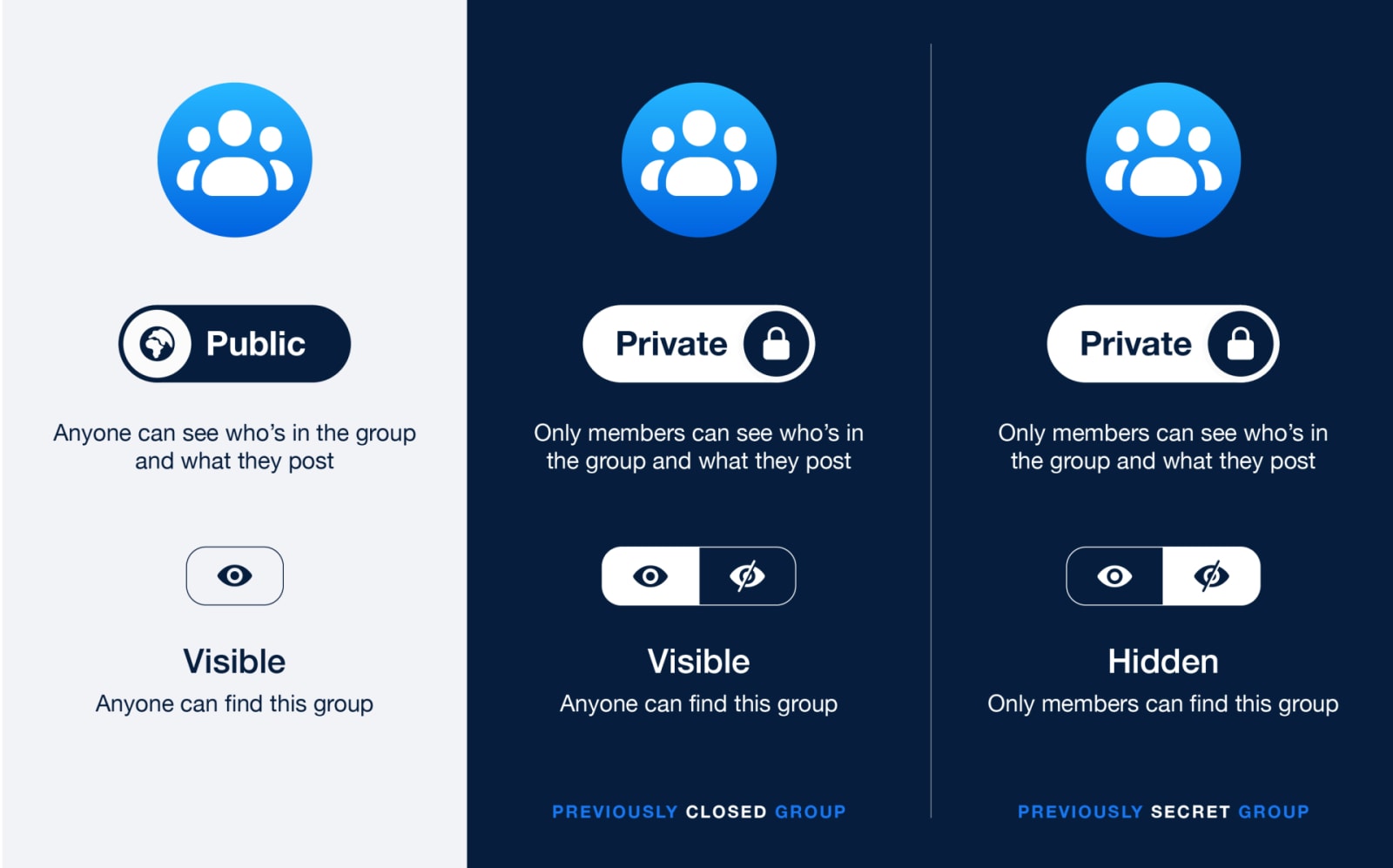 Facebook wants to make it easier to understand its Group privacy settings. It's doing away with public, closed or secret settings. Instead, Groups will be "private" or "public." Facebook claims this will simplify who can find a Group and see its memb...
Facebook wants to make it easier to understand its Group privacy settings. It's doing away with public, closed or secret settings. Instead, Groups will be "private" or "public." Facebook claims this will simplify who can find a Group and see its memb...